What is Impressionism?
’A Literary or artistic style that seeks to capture a feeling or experience rather than to achieve accurate depiction.’
– Oxford dictionary.
History –
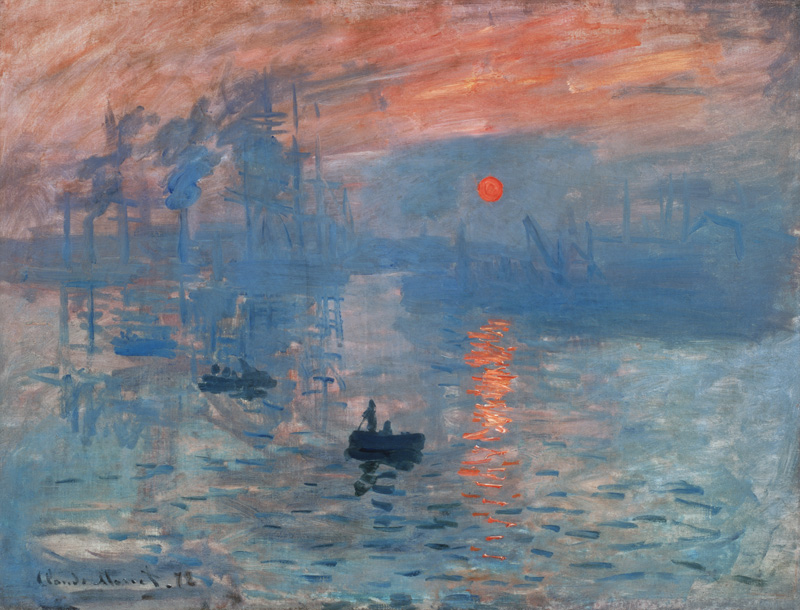
Sunrise, Claude Monet, 1872.
With its origins found in paintings from France in the 1860s, the movement was intended as a visual impression of what was in the moment, altering what was present such as light and colour to the artists own choice or interpretation. Founding artists of the movement included the likes of Claude Monet and others like Pierre Renoir, Alfred Sisley and Frederick Bazille. Being unique in its approach to art, it was initially critiqued as in contrast to other art movements at the time such as Romanticism and Realism which were detailed in depicting reality accurately, Impressionism differed in its fast brushstrokes and unfinished sketch feel.
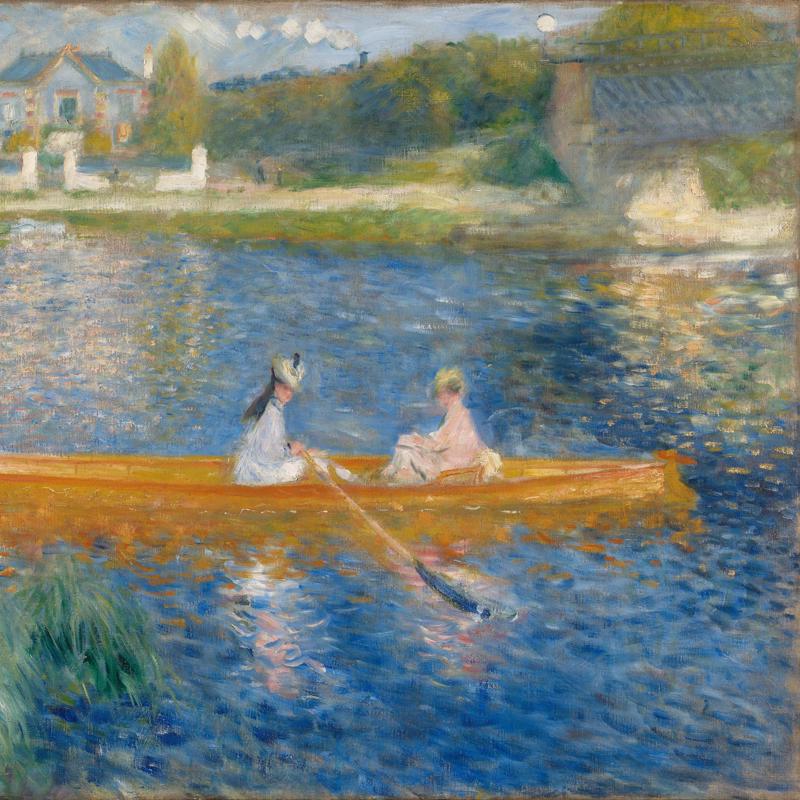
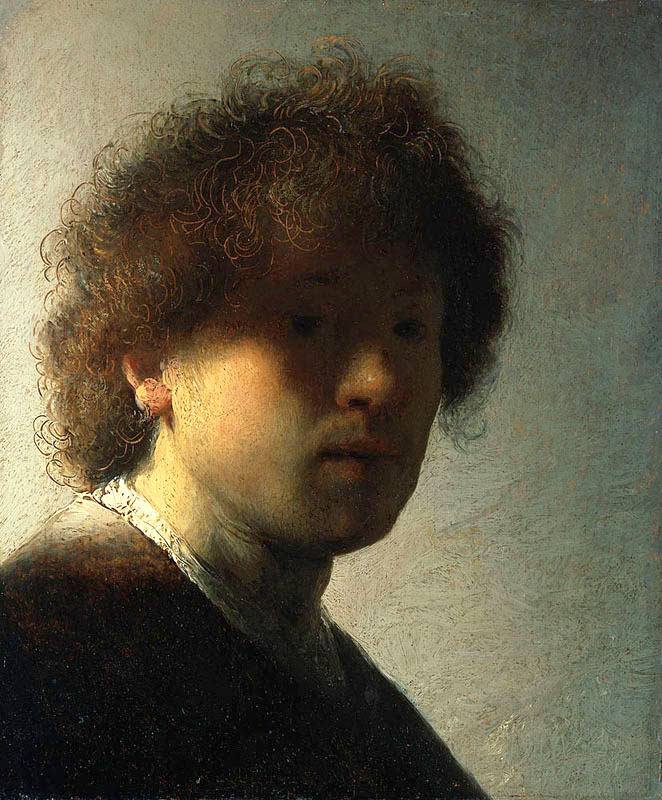
Impressionism – ‘The Skiff’, Pierre-Augusta Renoir, 1875. + Realism – ‘Self Portrait at an Early Age’, Rembrandt, 1628.
Applied within photography –
With photography’s essential purpose to capture details accurately, Impressionism within photography is difficult to be applied however with the practice of impressionist paintings being performed spontaneously and within a moment I find it can be associated to the ‘snap-shot’ style of photography, were capturing memorable points in time or a ‘decisive moment’ as street-photographer Henri Cartier-Bresson states can be an art form in itself.
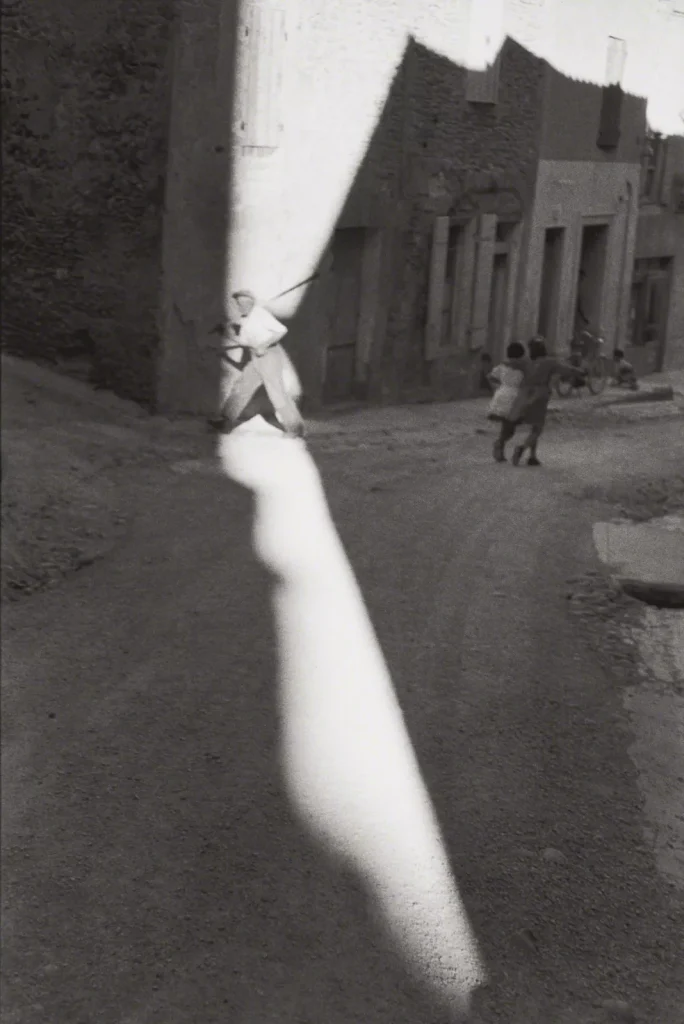
‘Tarascon, France’, Henri Cartier-Bresson, 1959.
To replicate the unfinished and hastily constructed aesthetic of Impressionism paintings within photography, slow shutter speeds and a direct centre focus on the scene are the common practice found within Impressionist photography. Using the camera like a paintbrush, an impressionist photograph can create a hazy blurred effect, similar to what we associate with picturing something in like a dream-like state.
Moodboard:
With Impressionism being a modern concept for its time, I find its relevance as a unique art form still is present today in a variety of applicable uses. With most frequent I have seen be in the form of branded fashion advertising, Album covers and contemporary photo projects of young photographers.
Fashion advertising: Carrhart WIP magazine –
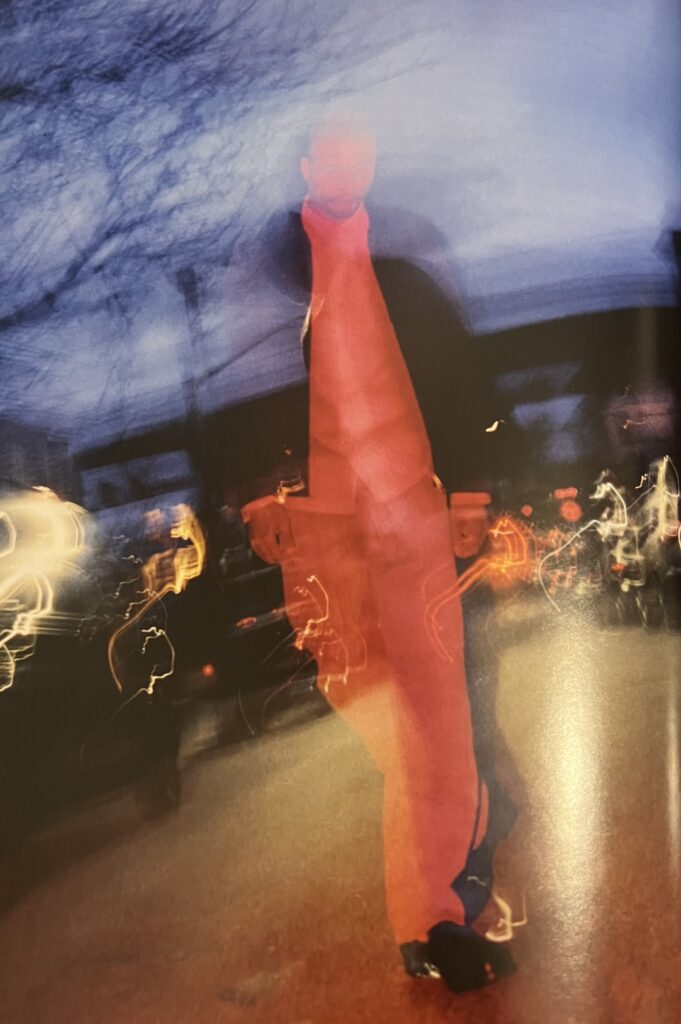
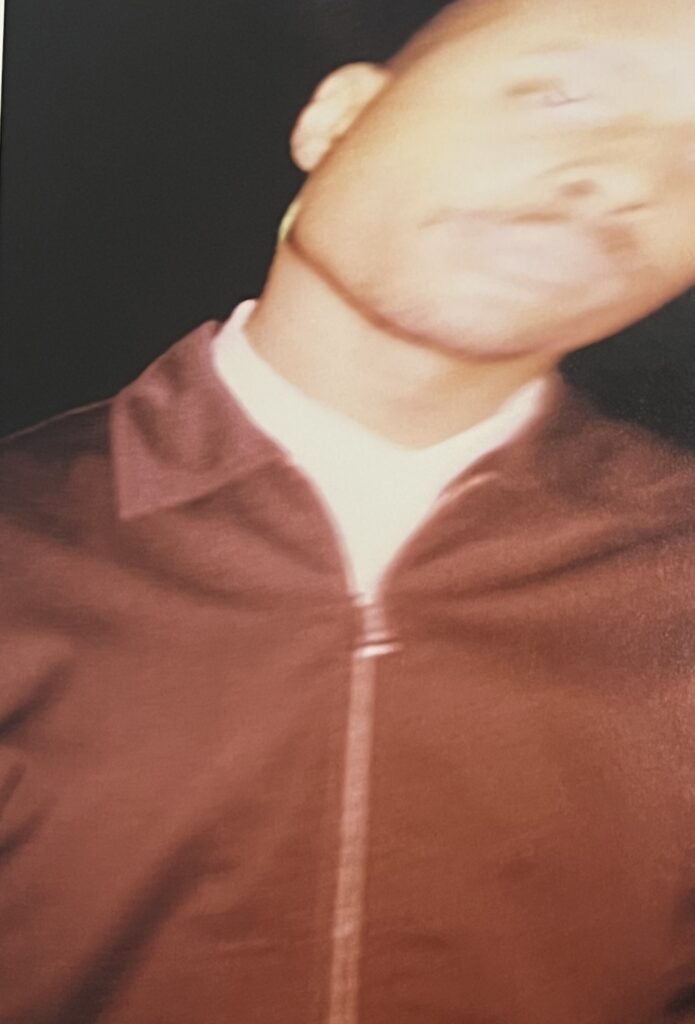
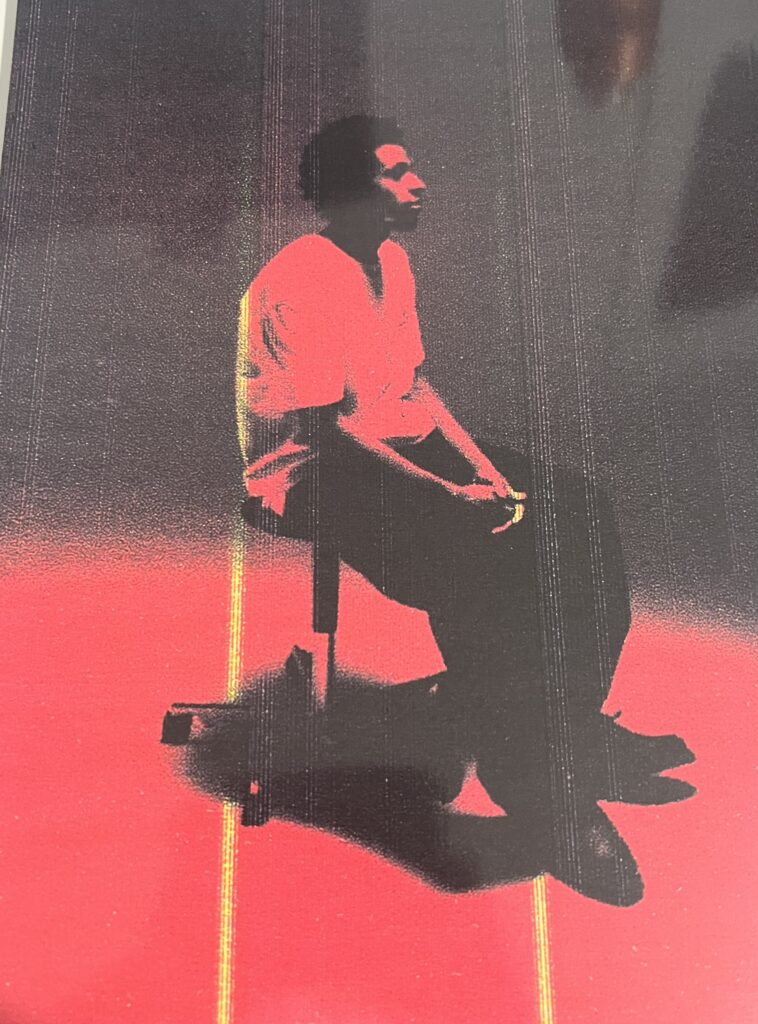
Album Covers: Daniel Caesar –
Canadian artist Daniel Caesar makes use of a surrealist style of photography with his 2 albums.
Case Study 01, 2019 –
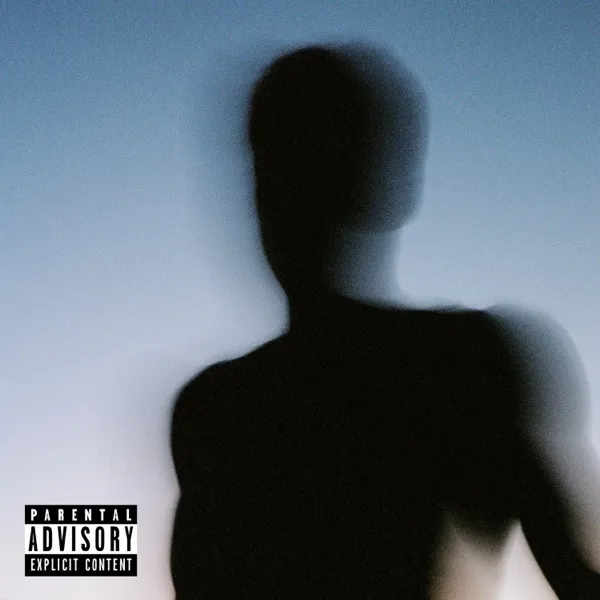
Never Enough, 2023 –
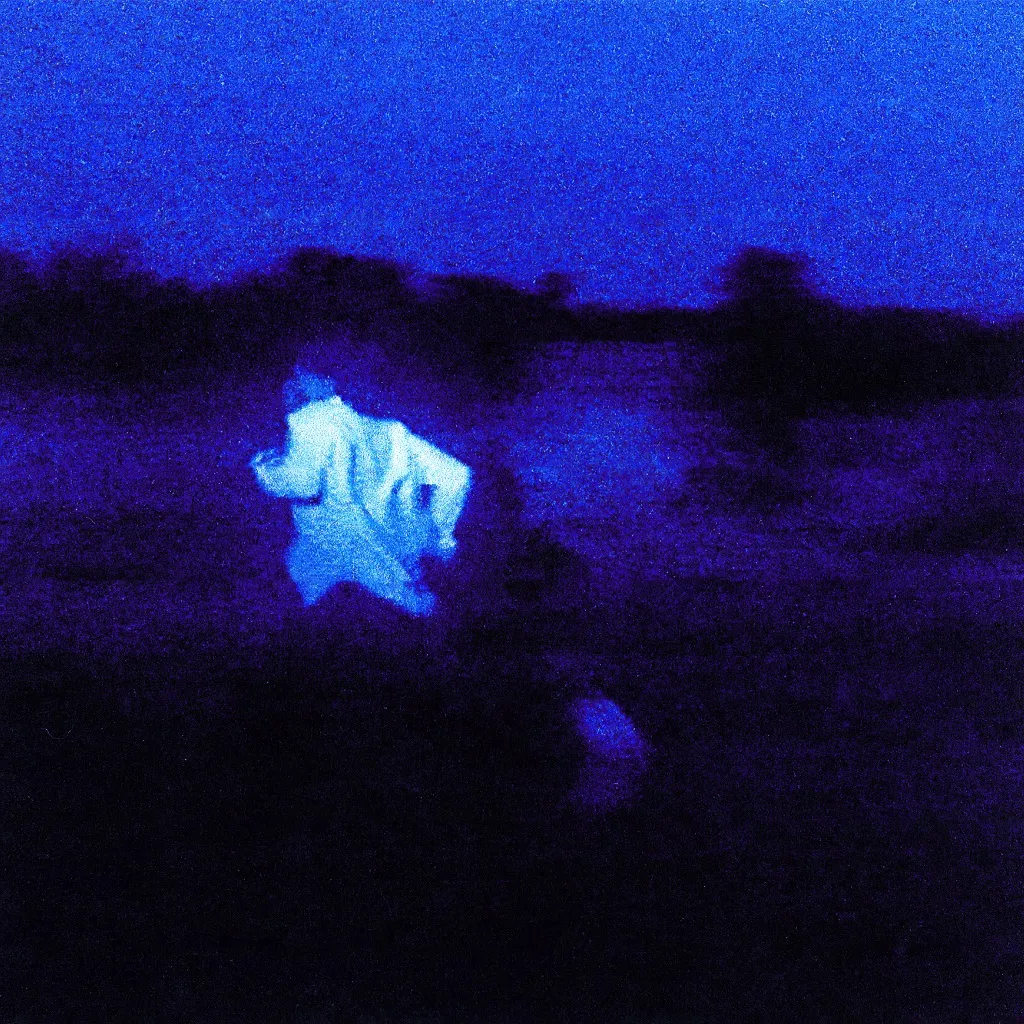
Contemporary young photographers: Finn Flint –
Instagram: Finnflint –
Within his social media page, Finn flint creates a merge of impressionist and social-realist images that merge in a creative aesthetic.
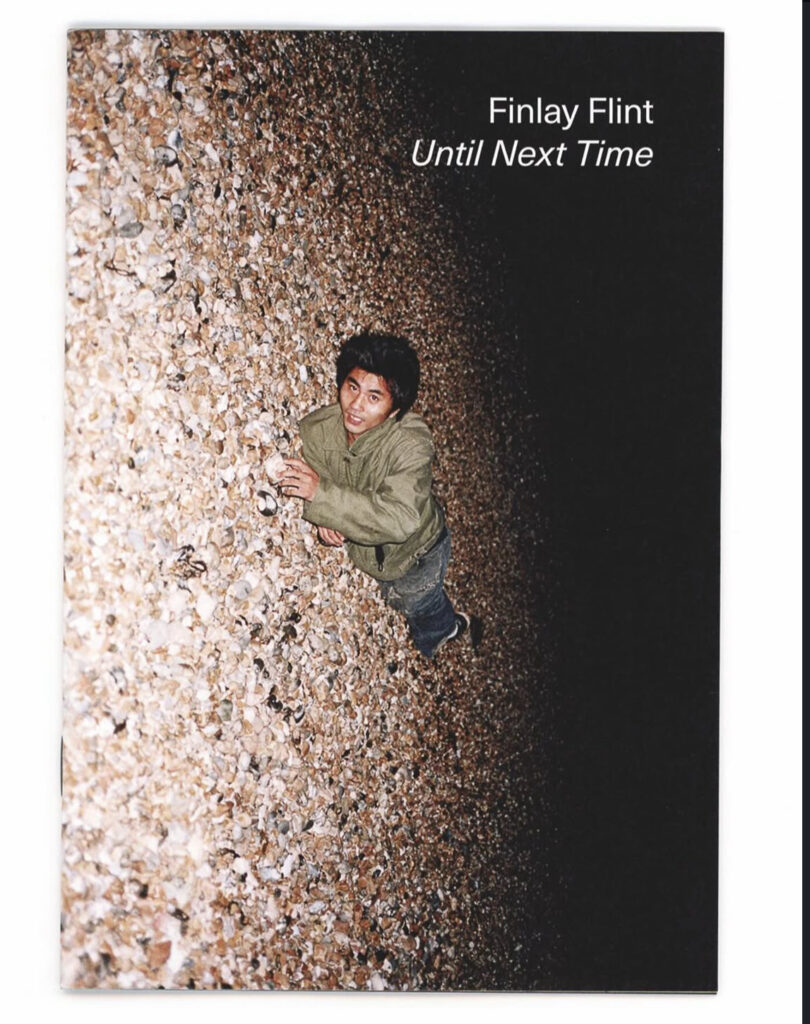
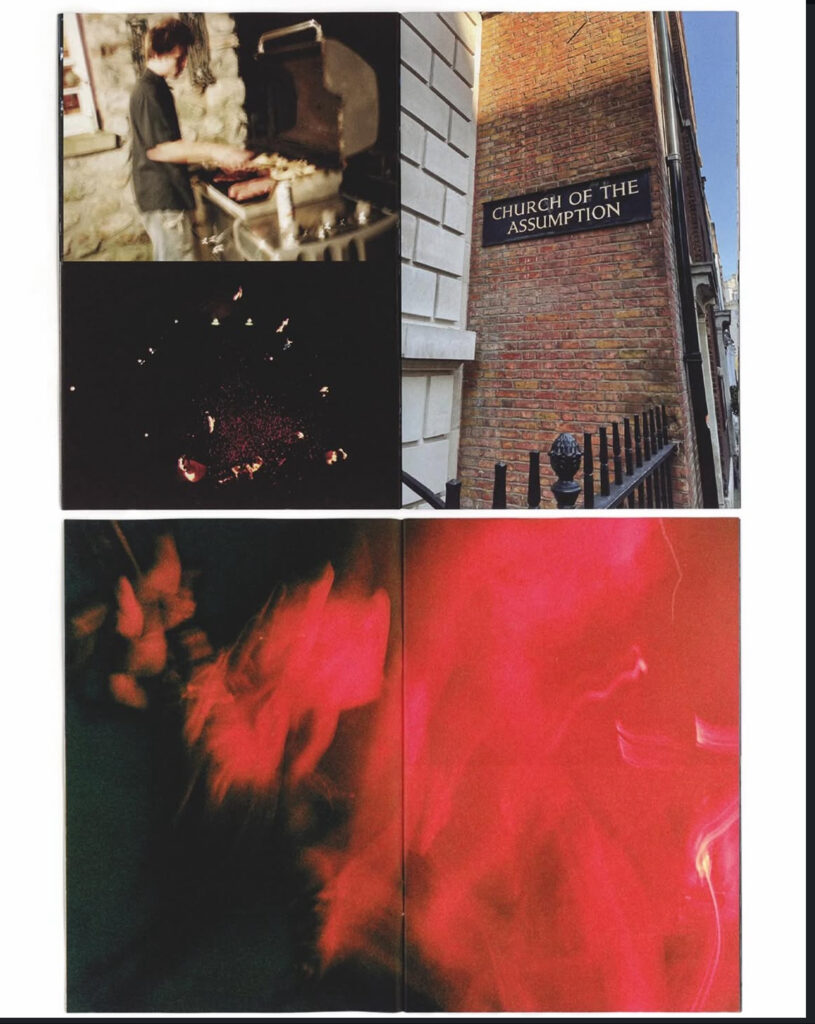
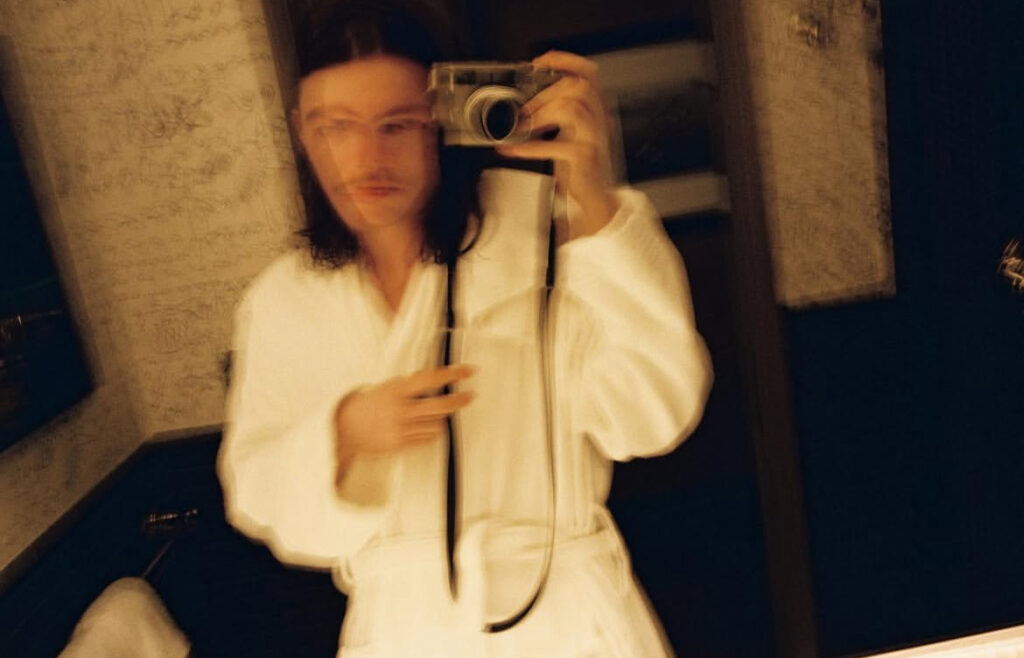
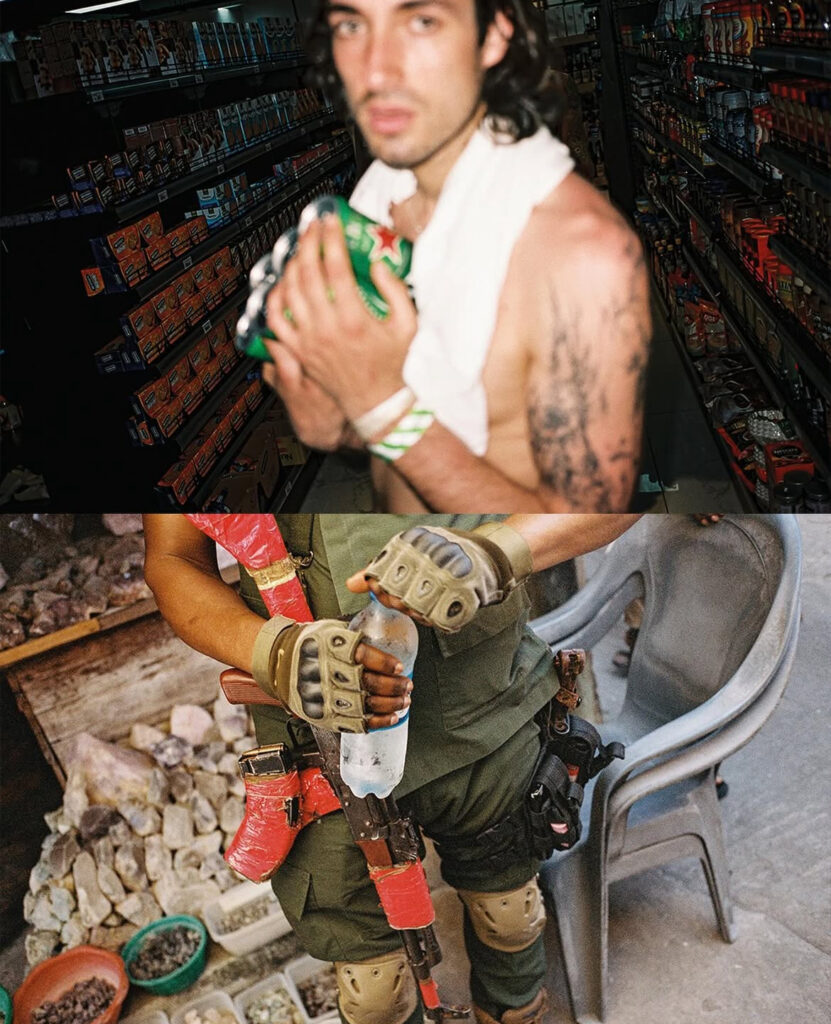
Impressionism – Artist Study:
Kyohyun Nam –
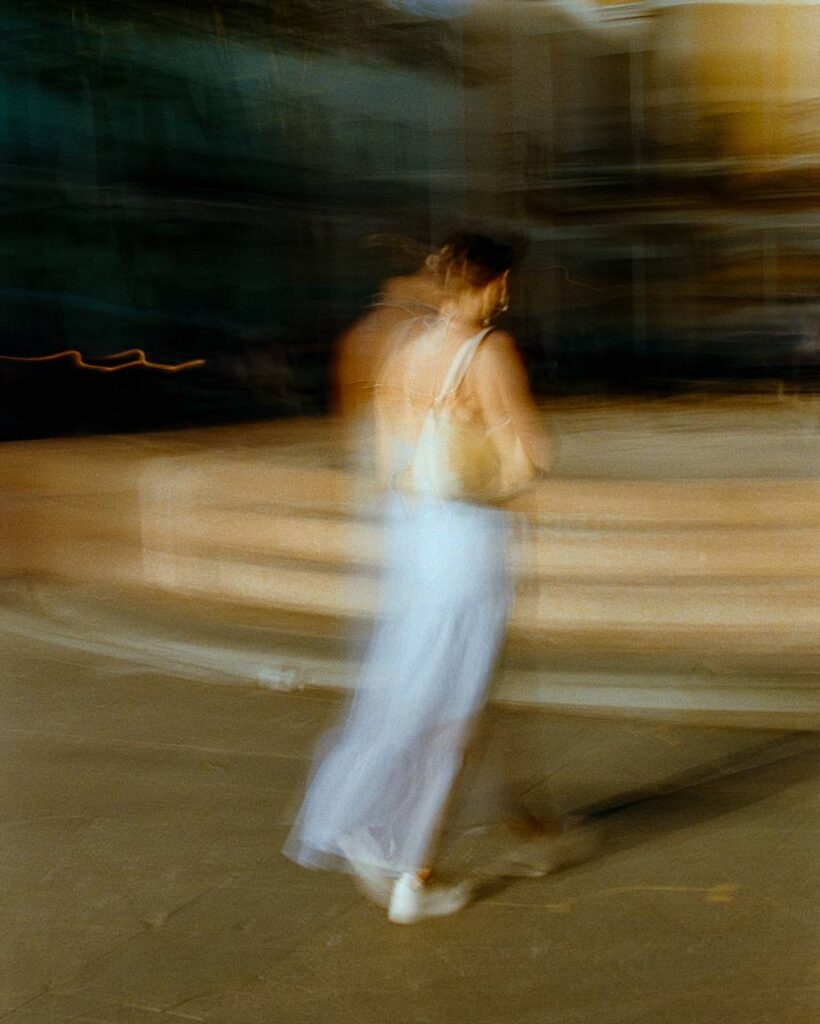
’Impressionism was formed in the late 19th century, just when photography was starting to find its place in the world. Impressionist paintings can sometimes give the effect of motion. These artworks portray a feeling than a clear or crisp likeness.’
– Lomography website, interview with Kyohyun.
Kyohyun Nam, a South Korean photographer, first tried long-exposure photography from the suggestion of his wife when talking about the Impressionist Artist, Claude Monet. Using his camera he has since been able to capture moments of an atmosphere, in a similar manner through photography.
‘I thought, “Could I create photos that resemble Monet’s paintings? And if so, how?” The idea of using long-exposure photography came to mind. I realized I could use the movement and vibrations of my hand to render light in a way that mimics oil or watercolor paintings. As a result, I was able to create painterly photographs.’
– Kyohyun Nam.
To create his photographs, Kyohyun uses a 50mm lens with an ISO of 100. With the long exposures of light on his images, he makes use of filters to compensate for the large amount. With his images usually taken on the go and of random people, I find his work can conform to other photography elements I’m familiar with, such as Street-photography.
Kyohyun Nam Moodboard:
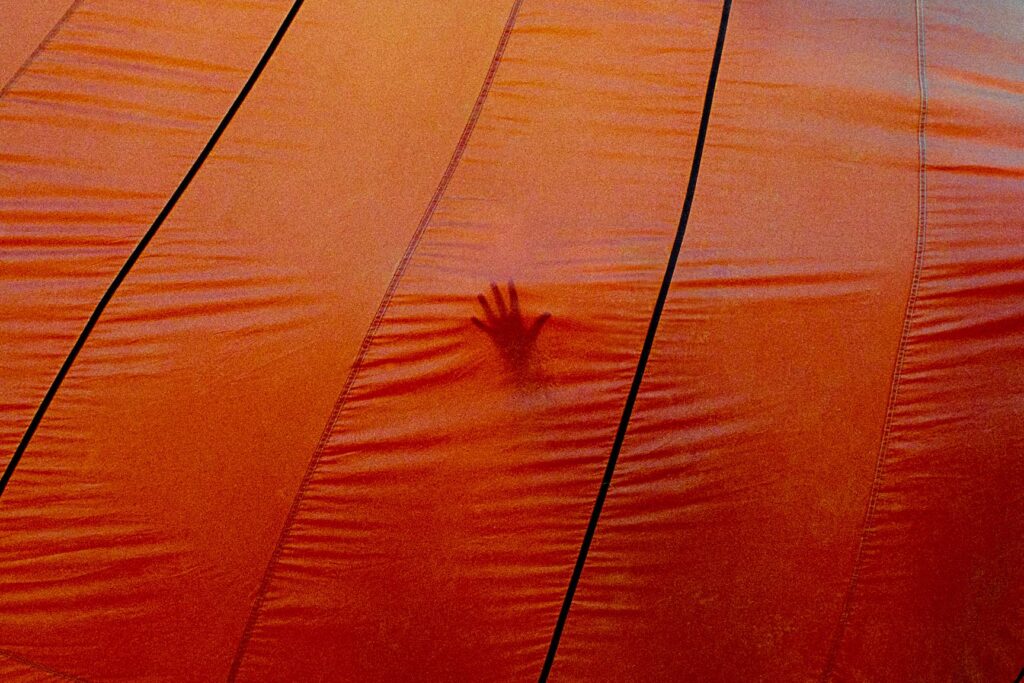
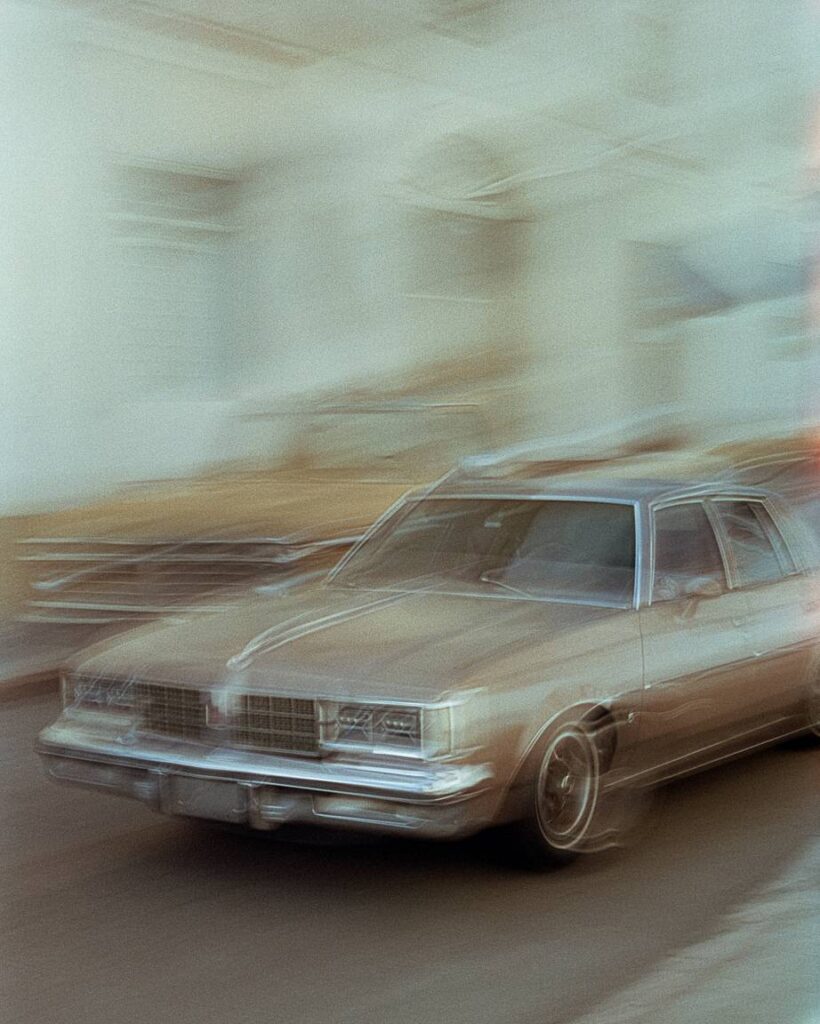
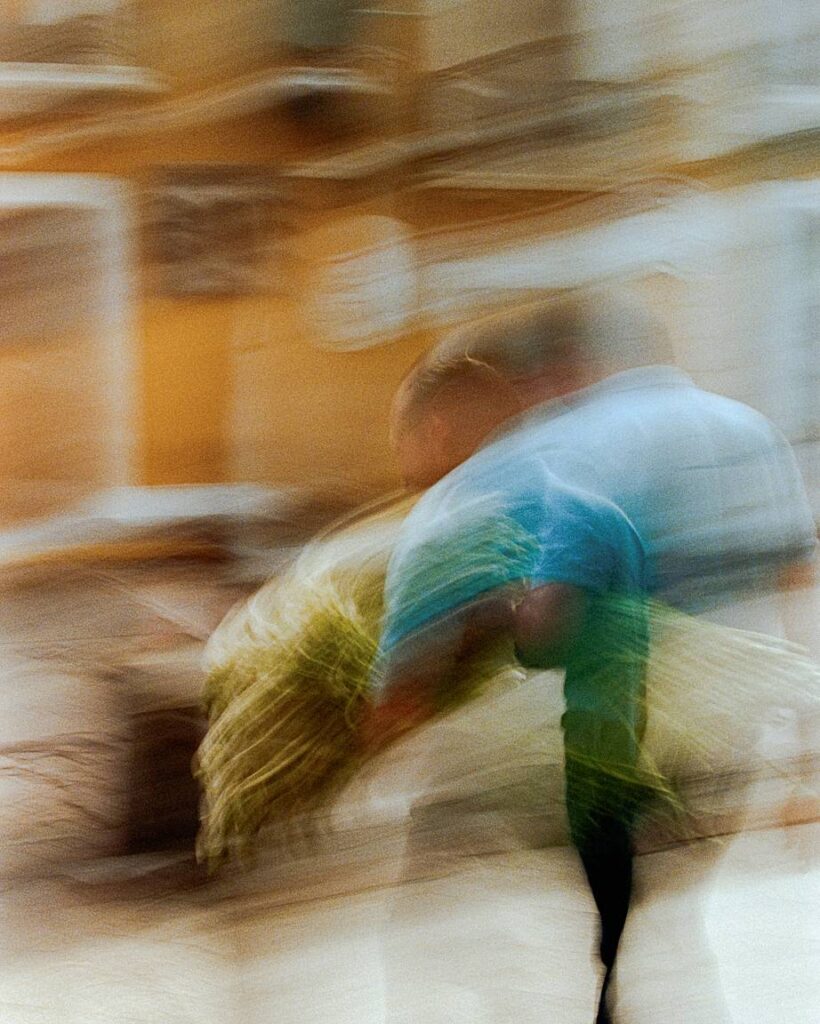
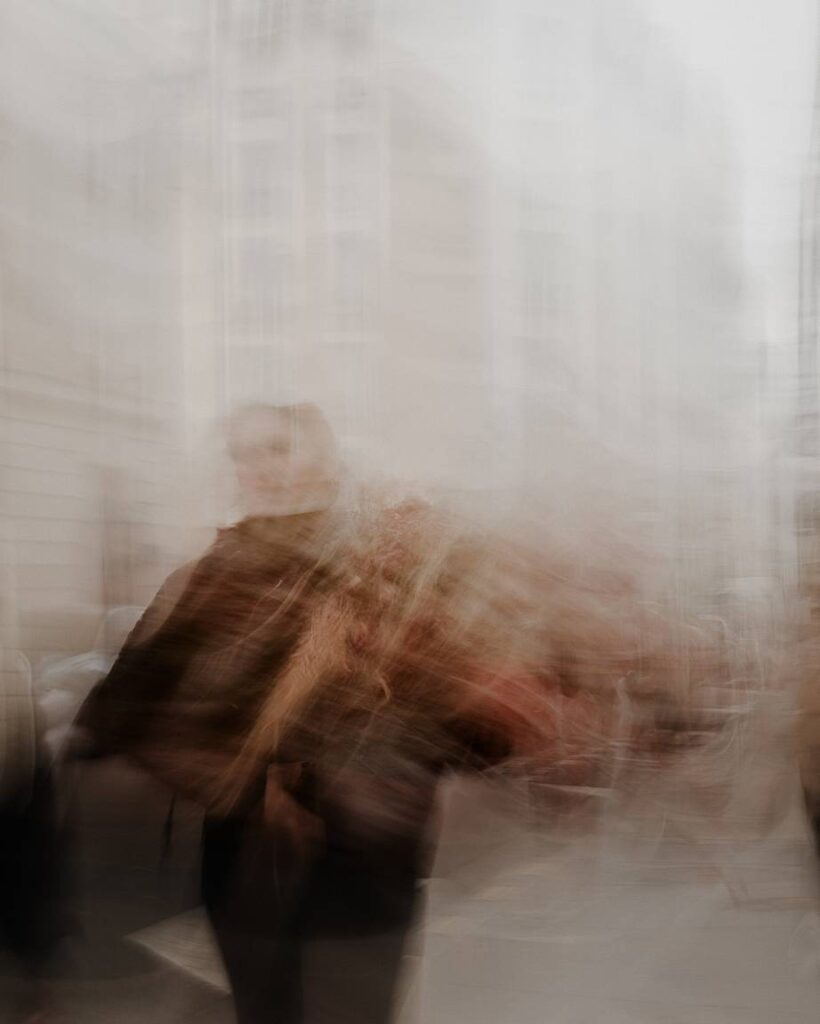
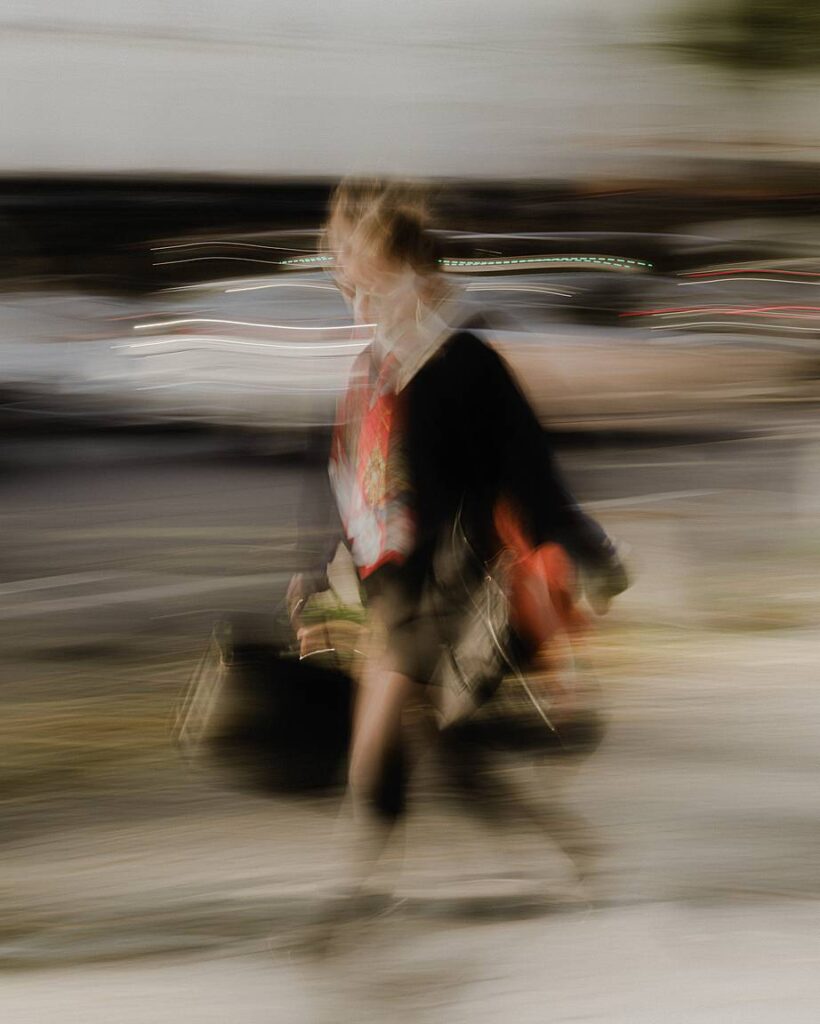
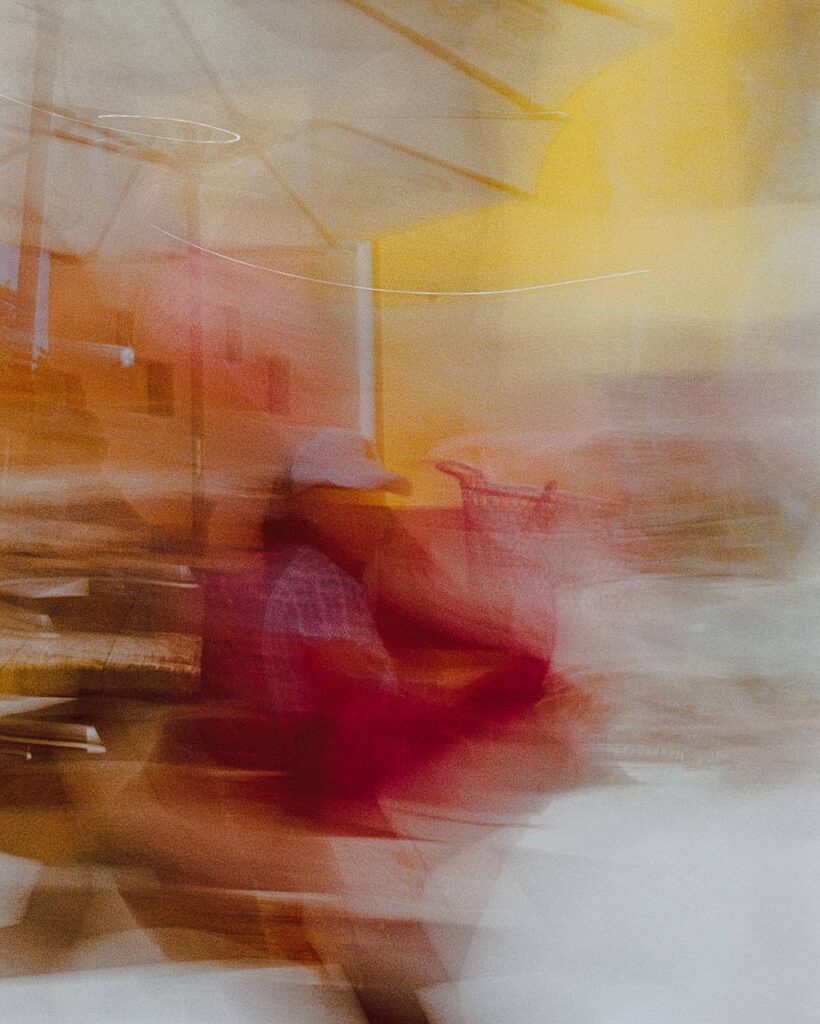
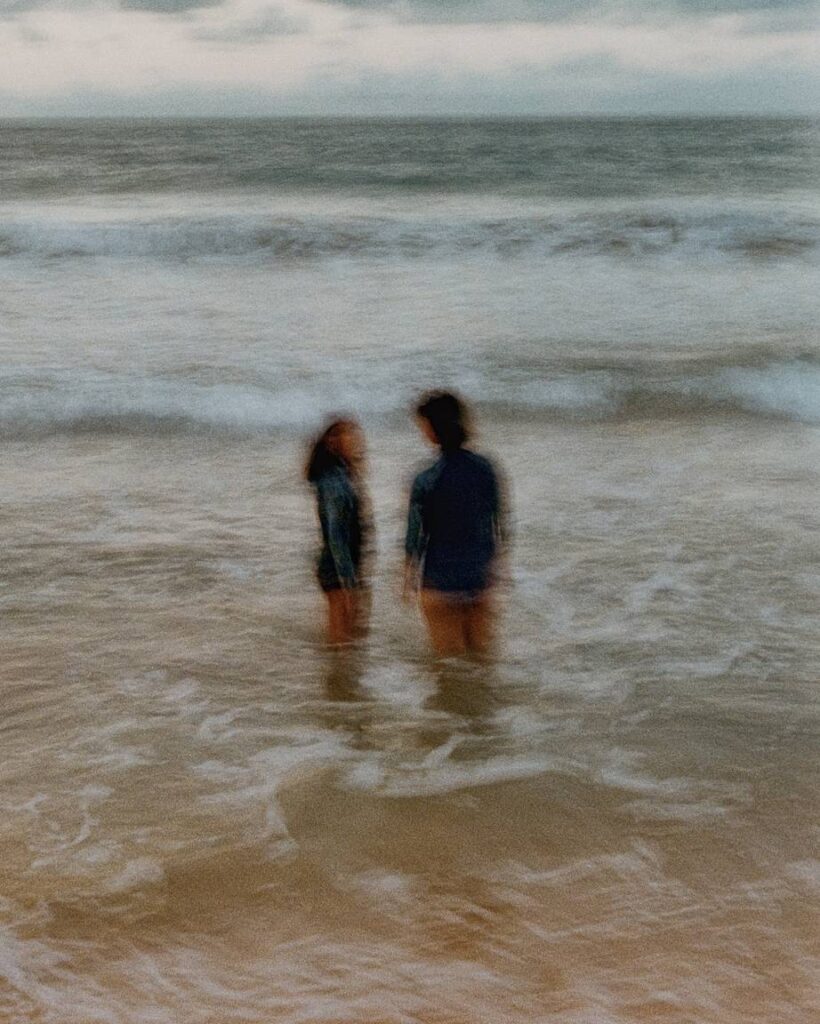
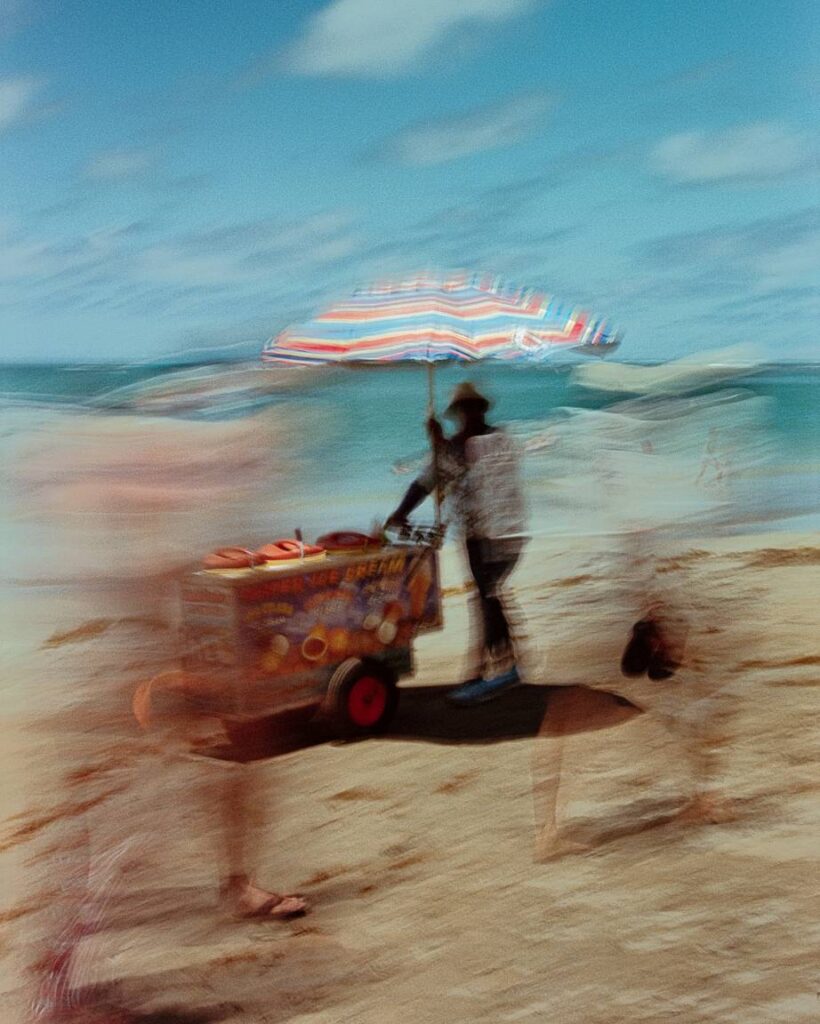
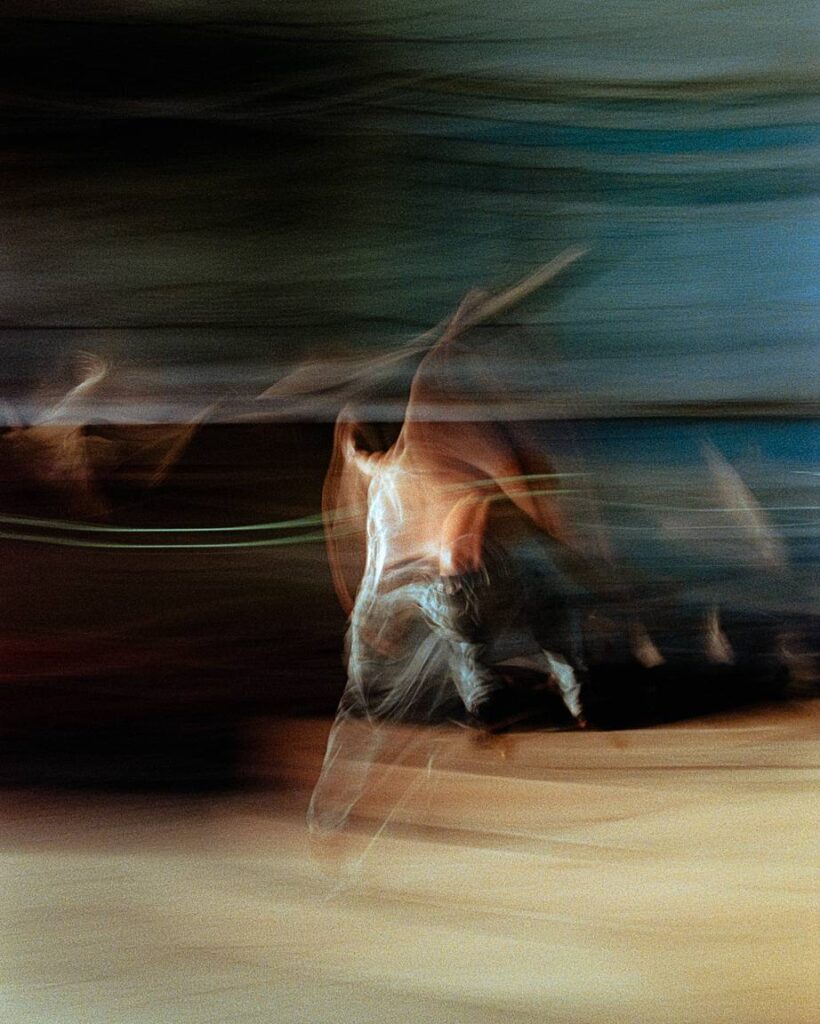
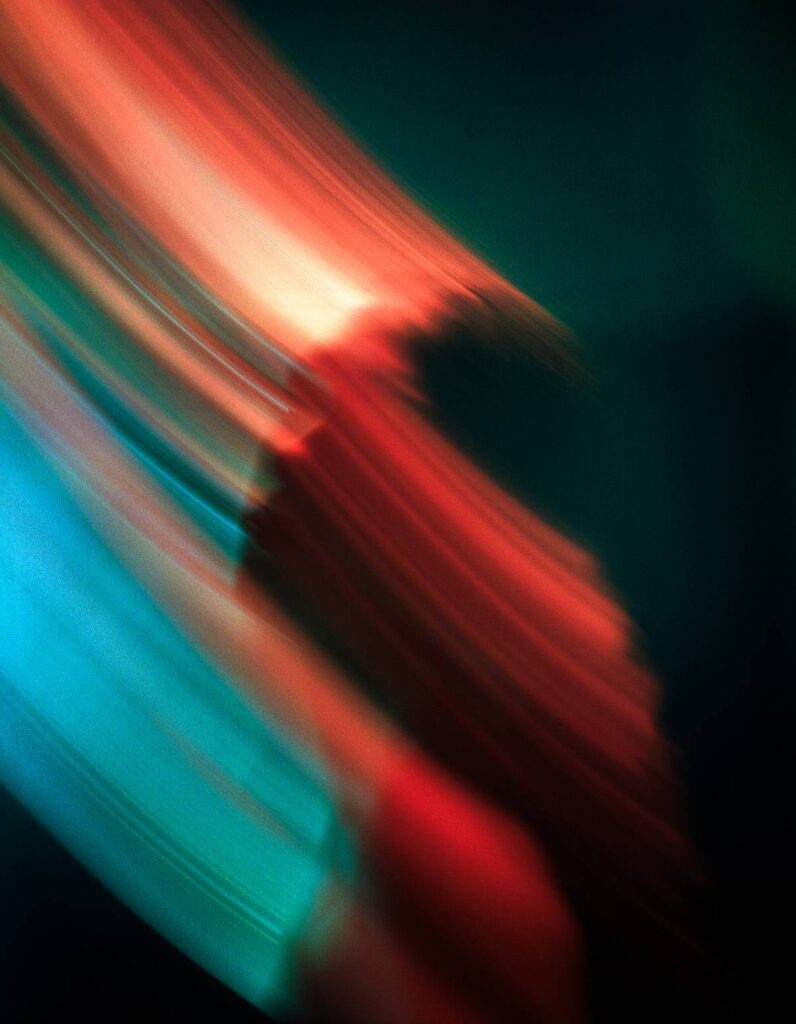
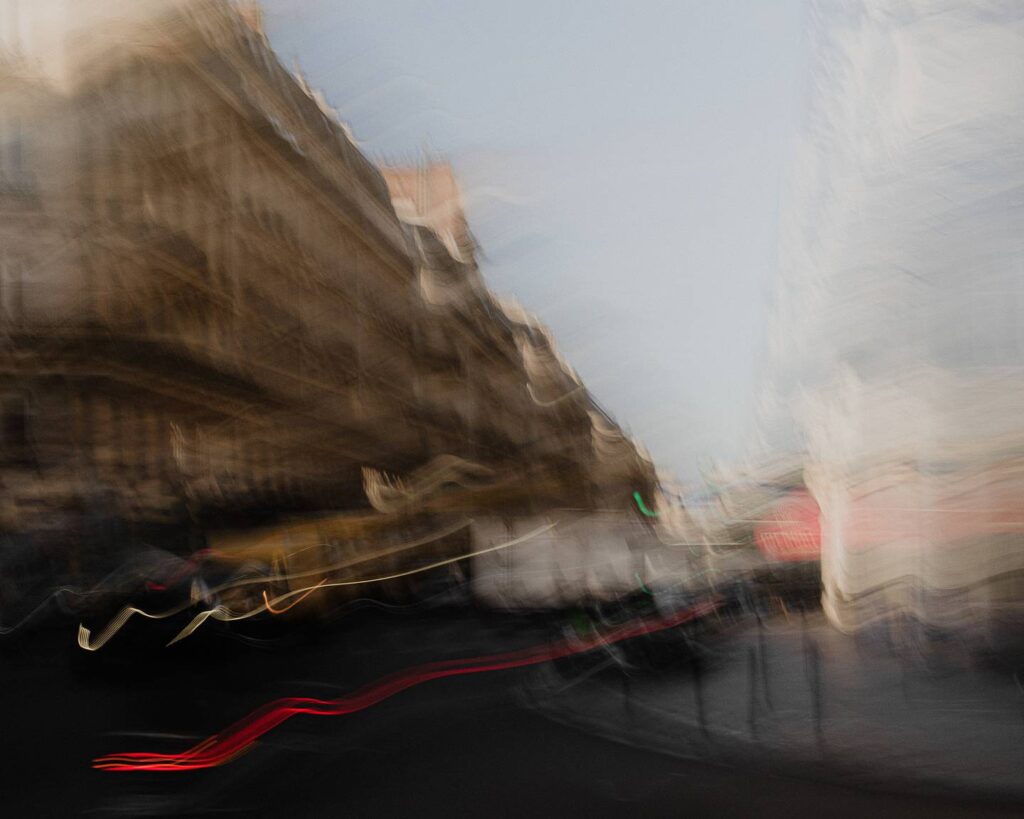
Image Analysis:
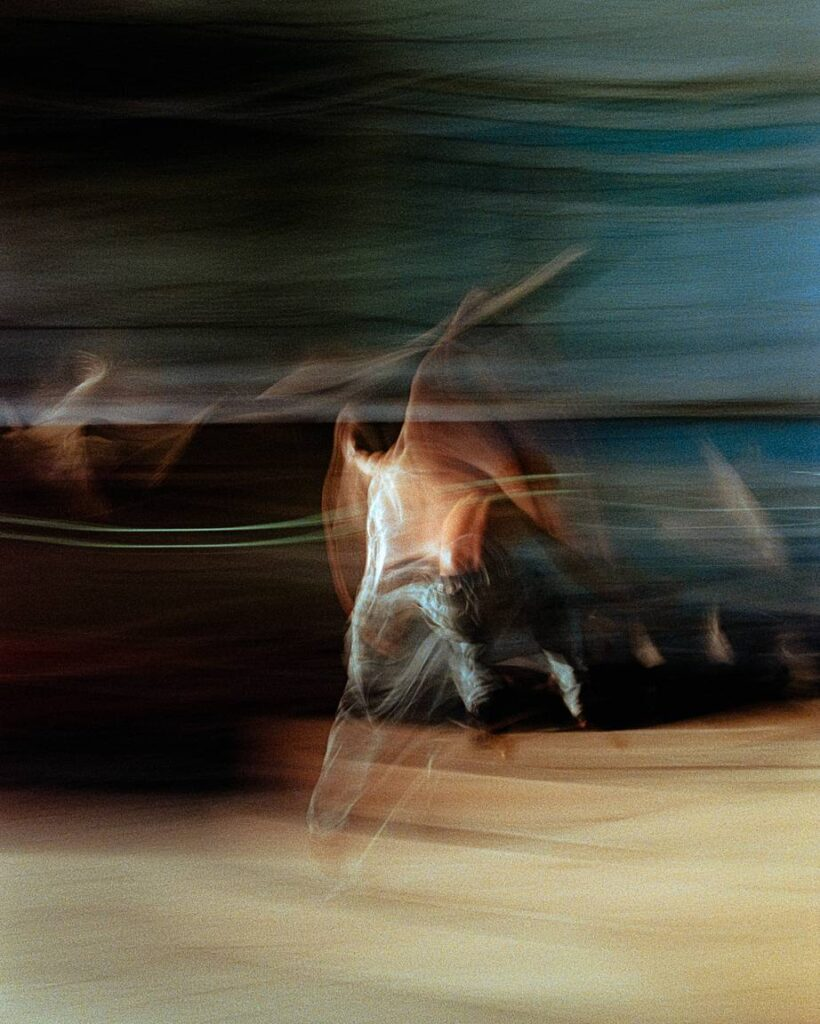
Visual –
The visual elements of this photograph can be seen within the colour of this image. With hints of blue, beige and a small amount of green standing out from the blackish-brown darker colour they seem to blend in a wave-like motion, such as with a painting. Tone within this changes between light and dark areas with the centre and right sections of the image slowly bleeding into the darker tones on the left. With the subjects silhouette faintly outlined and recognisable from the bright colours worn, they are given some separation to paint-like texture of the background. Centred in the middle of the camera, the composition is given a balanced feeling despite the contrast of the light and darker colour and tone.
Technical –
The lighting of Kyohyun Nam’s work often is taken in bright natural light such, with golden area producing a rich and colourful sort of light, it is seen her to be effective in creating a deep tonal range of shadow and light areas of the image. With a Lens size of around 50mm within his images, the aperture of his images are often wide to create the unfocussed and blurred depth of field throughout his long-exposures. To create this effect, he uses a longer shutter speed to create more motion blur. With a moderately high ISO of about 100, this is what creates the light hints yet also the subtle grain textures of the image, which to me creates a vintage image effect which is usually associated to memories which his hazy images are similar to. Lastly, his images have a warm temperature which I find helps add to bring out the colour of the image.
Contextual –
Based of the paintings of Monet, Kyohyun Nam aims to replicate the visual appearance of his work through photography. Travelling around the world, his intention behind his work to create his art on the go such as how impressionist paintings did so when creating their art pieces.
Conceptual –
inspired by the impressionist artist Claude Monet, Kyohyun Nam’s work was based from the thought if photography could replicate the hazy day-dream like qualities that his paintings make people feel. With his work falling into the category of Impressionist photography, I find it also can be a branch of street photography with the Kyoyun’s images being taken whilst exploring towns and cities.
What is Social realism?
‘The realistic depiction in art contemporary life, as a means or political comment.’
– Oxford Dictionary
History:
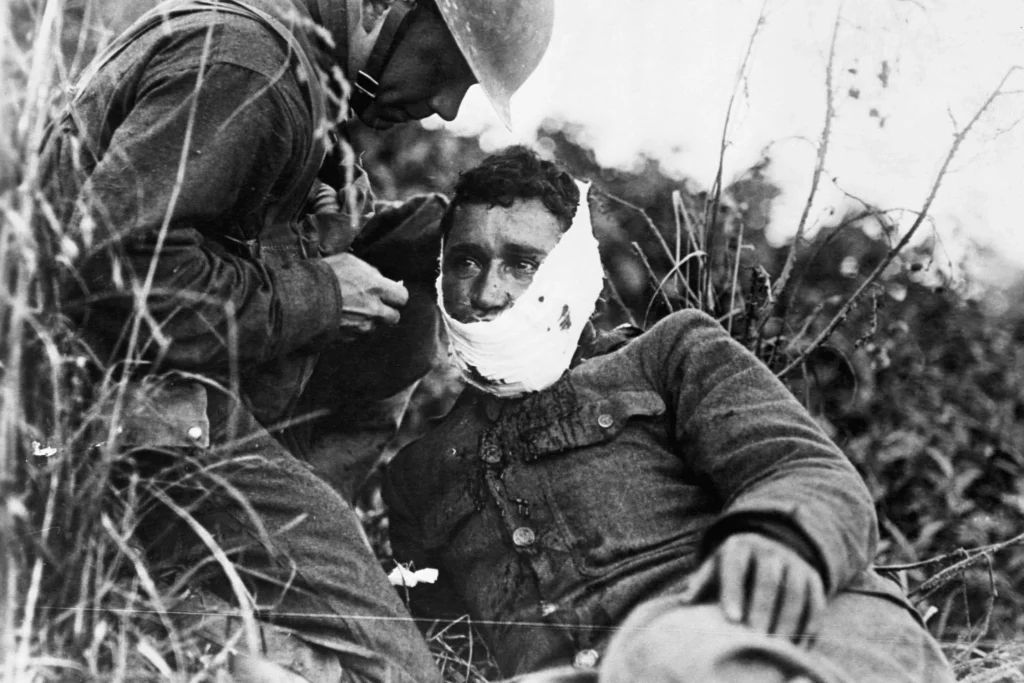
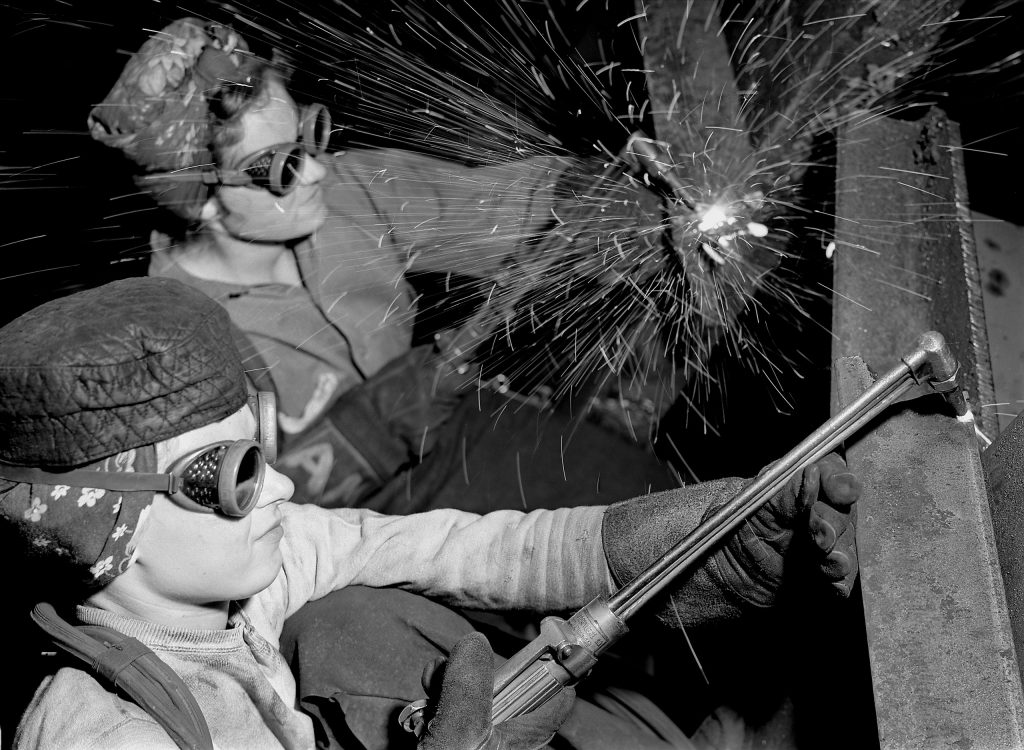
’Wounded American soldier’, 1918. + ‘Women Workers’, Margaret Bourke-White, 1943.
Social Realism as a movement saw its beginnings between the two World Wars. This came at the response to the build up of social and political turmoil and hardships of the time. Within this time, artists turned to realism as a way for art to be easily accessible and able to be seen by the wider public. Within social realist art, the anonymous everyday person became the subject, being presented in a symbolic sense of persistence and strength in the face of adversity. With subjects often being in the poor conditions and in the working class, the art aimed to challenge the systems of responsibility such as the government and society.
Artists such as Jacob Riis photographed the poverty and poor conditions of those within the American class. His work contributed massively to the cause of urban reform within the United States at the turn of the 20th century. Other artists included Walker Evans, who documented the American life spanning the years of the Great Depression in areas deeply effects such as agricultural lands in Alabama to the busy and crowded streets of New York.
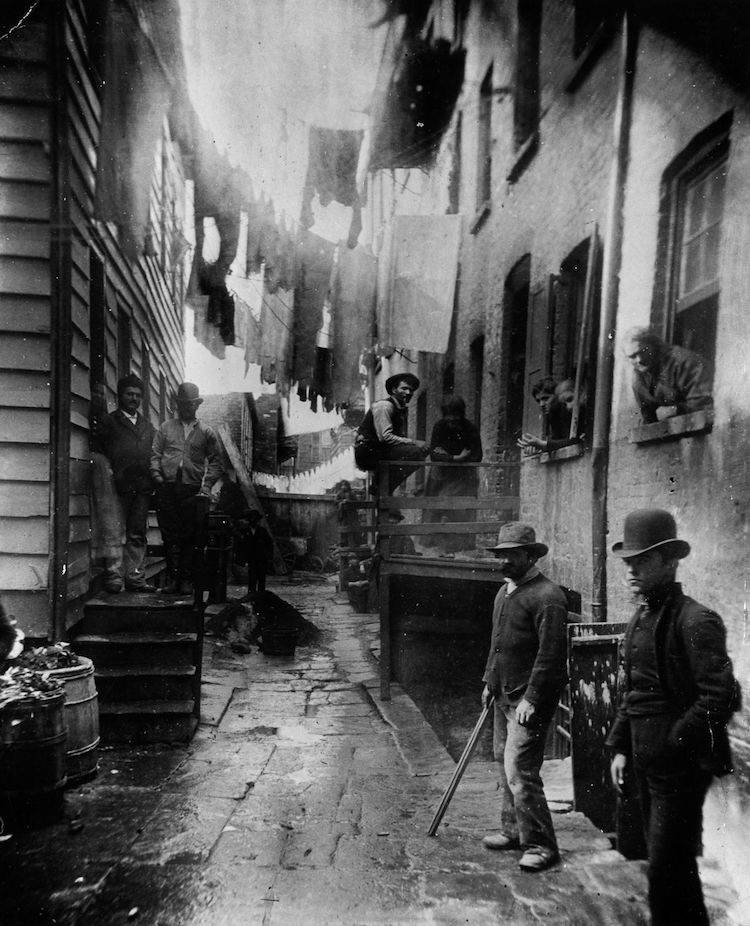
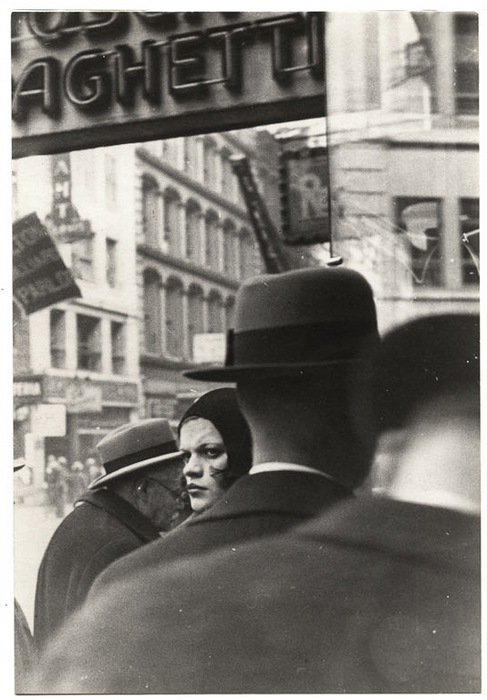
‘How the other half lives’ NYC, Jacob Riis, 1890. + ‘Woman in Cloche Hat and Pedestrians, Fulton Street, New York City’, Walker Evans, 1929.
Moodboard:
Nowadays social realism remains rigid to its origins of documentation of life, however with the emergence of mobile phones and social media, it has seen a significant increase in people participating in photographing what goes on around us. With social media able to capture and document everything within a persons lifetime, social realism has been adapted into unique sub-genres amongst generations to conform to individual artistic choices.
Examples of this I find can, again, be found in fashion magazines who are representative of a diverse age range, documentary films and again also contemporary artists.
Fashion advertising: Carrhart WIP magazine –
Carhartt WIP gives underground artists such as ‘Jail time records’ a platform within the global community of art appreciation. Being a record label formed within a Cameroon jail cell, challenges the norm of how and where music can be made.


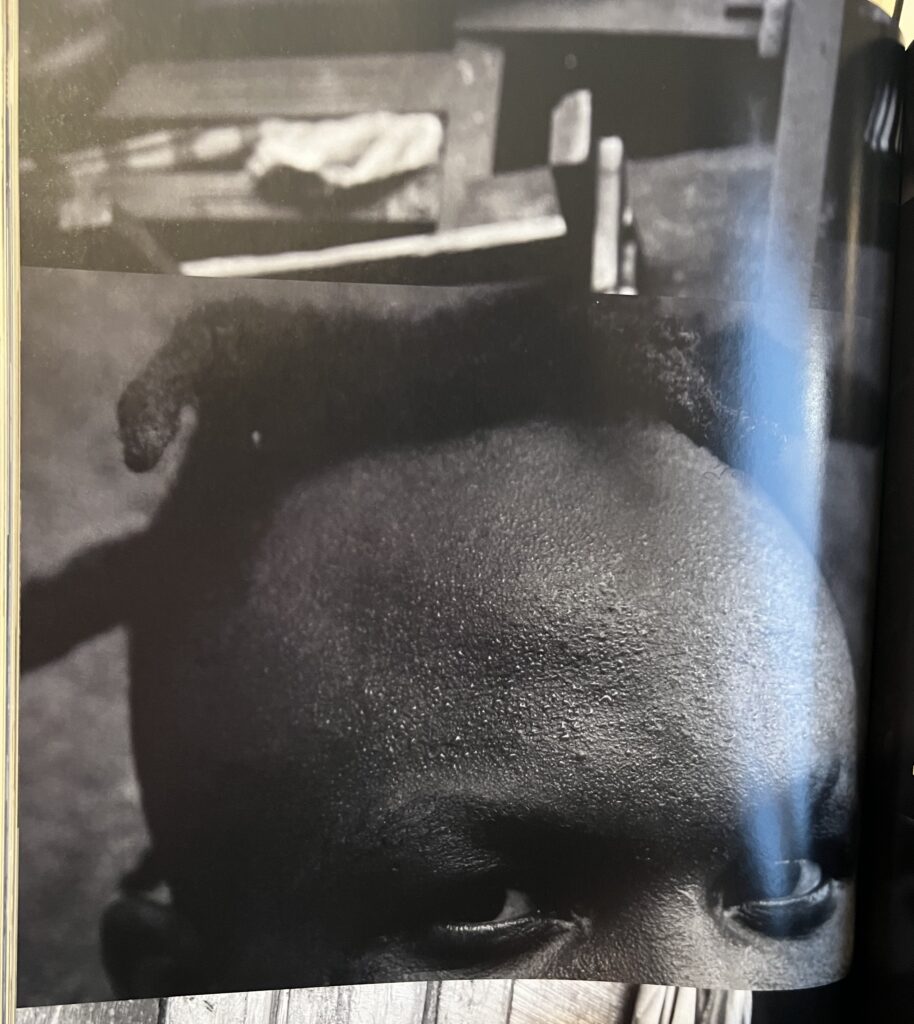

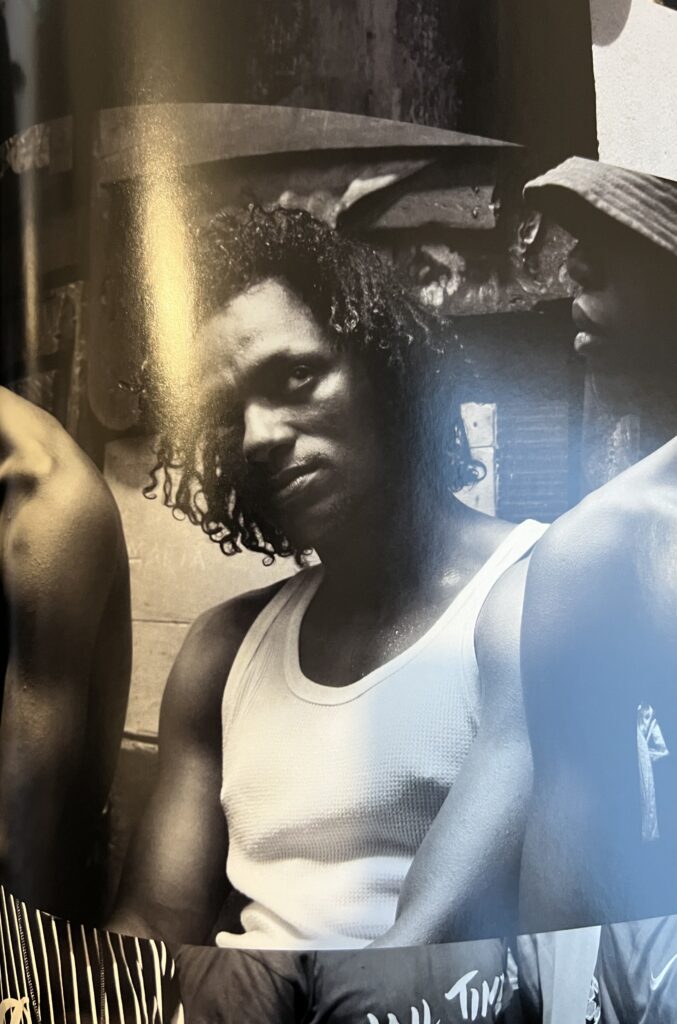
Documentary film-making: Sisters-in-law –
Documentary films such as Kim Longinotto’s ‘Sisters-In-Law’ shows the real societal issues faced by women due to cultural traditions clashing with modern societal values within the underdeveloped Kumba Town, in Cameroon.
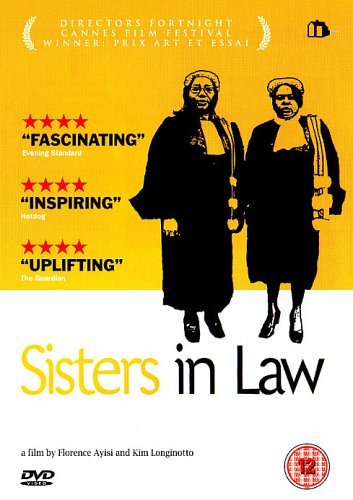
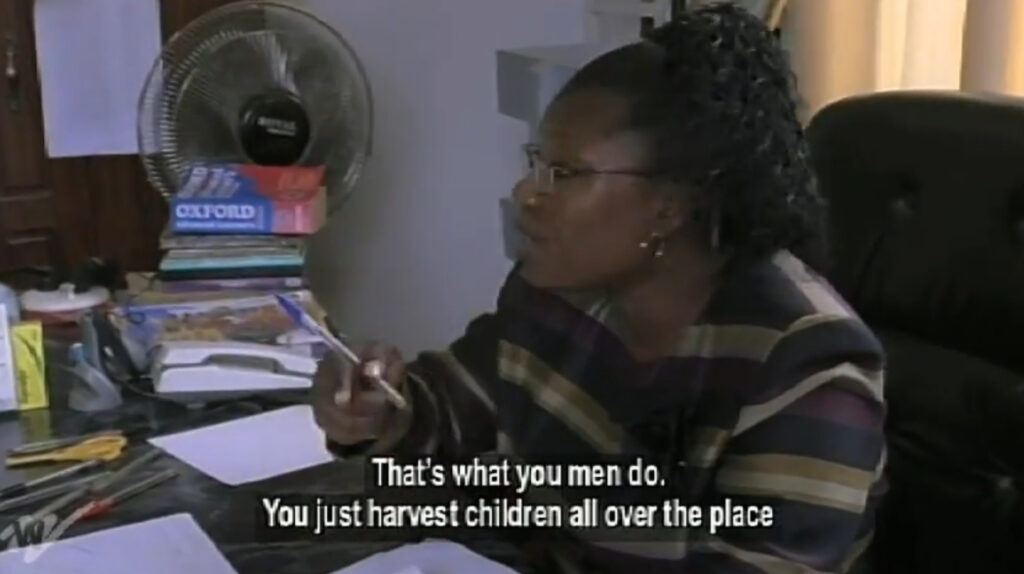
Contemporary artists: Barklem Biggs –
Actor Barklem Biggs documents the behind the scenes of his time with his fellow cast mates of SAS Rogue heroes. This to me shows the often undocumented moments of making other form of art such as cinema and television.
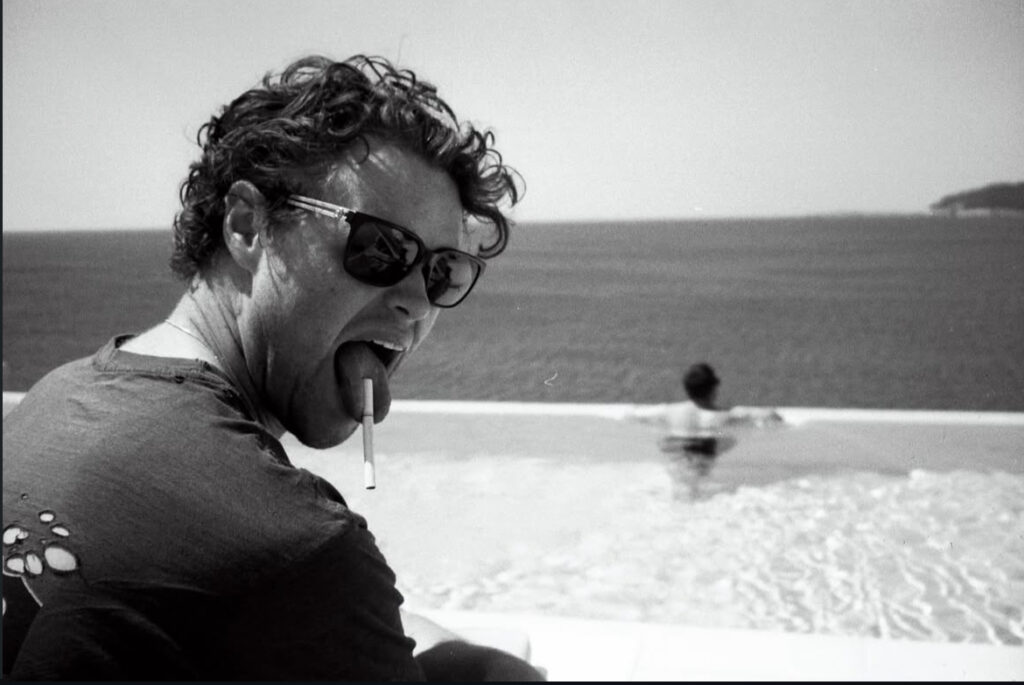
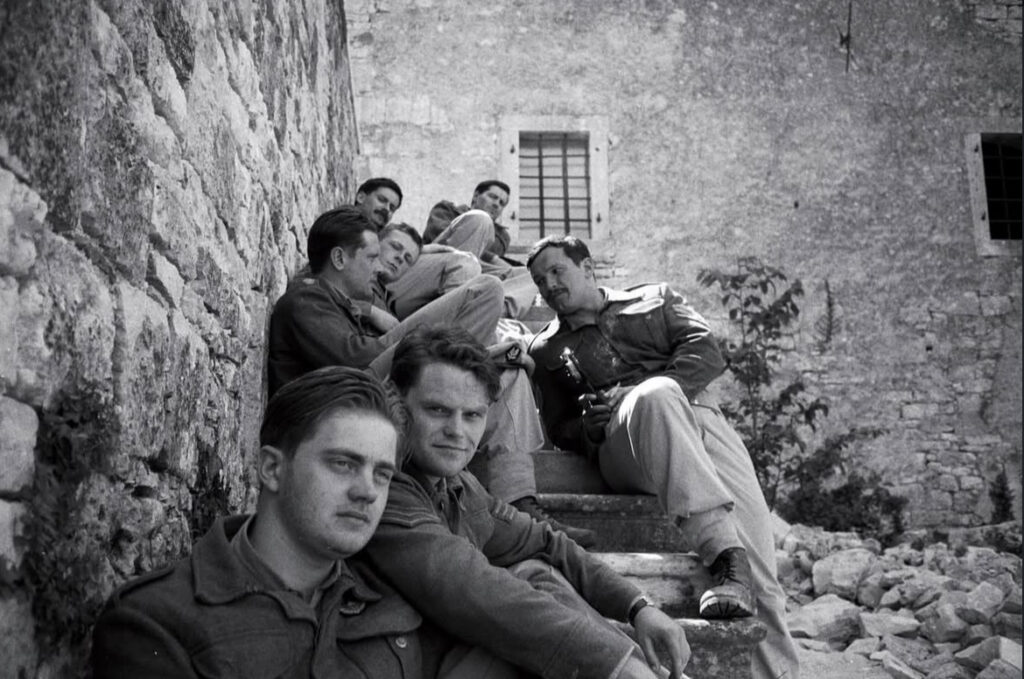
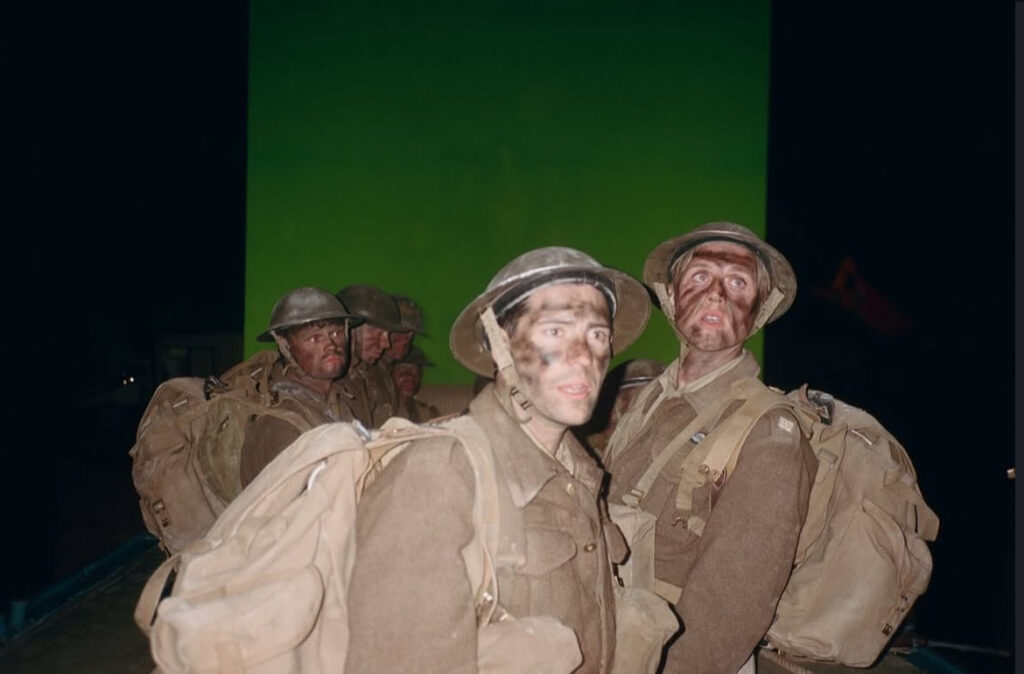
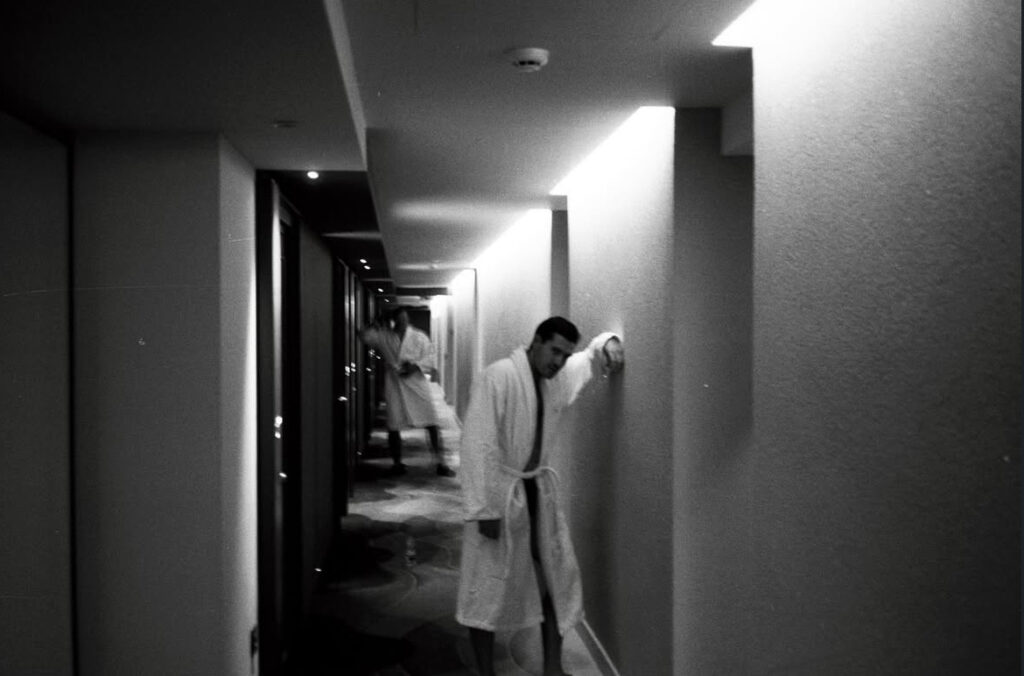

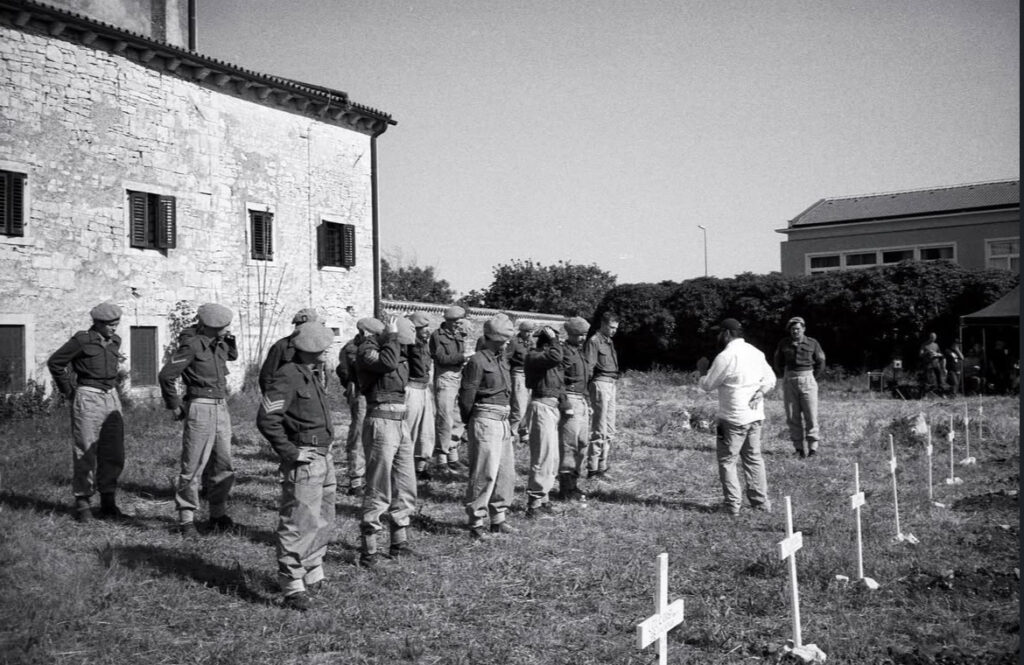
Art Magazines: The Face –
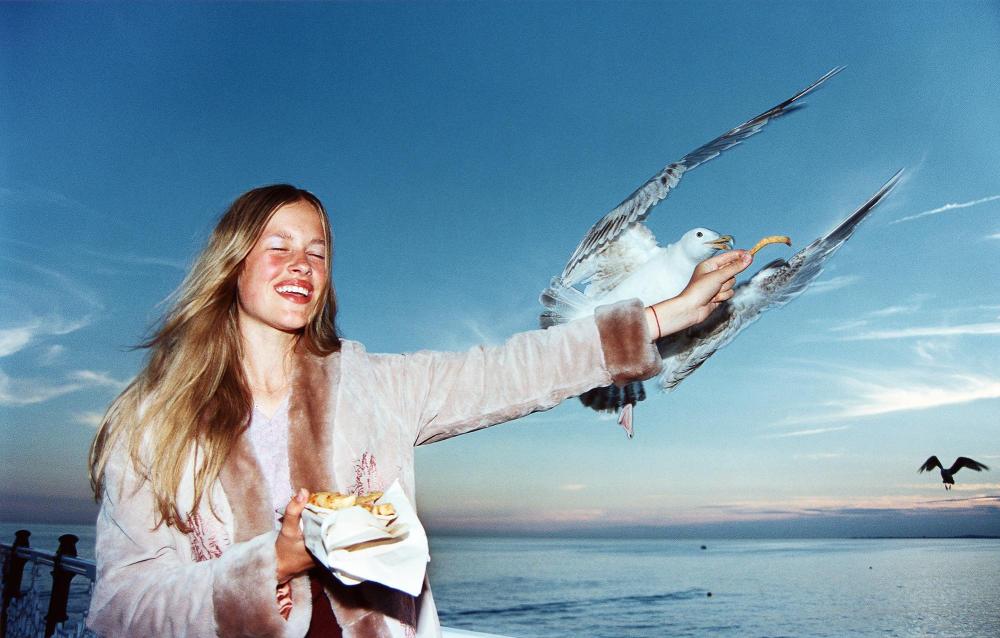
Elaine Constantine, ‘Seagull (sarf coasting’), 1997.
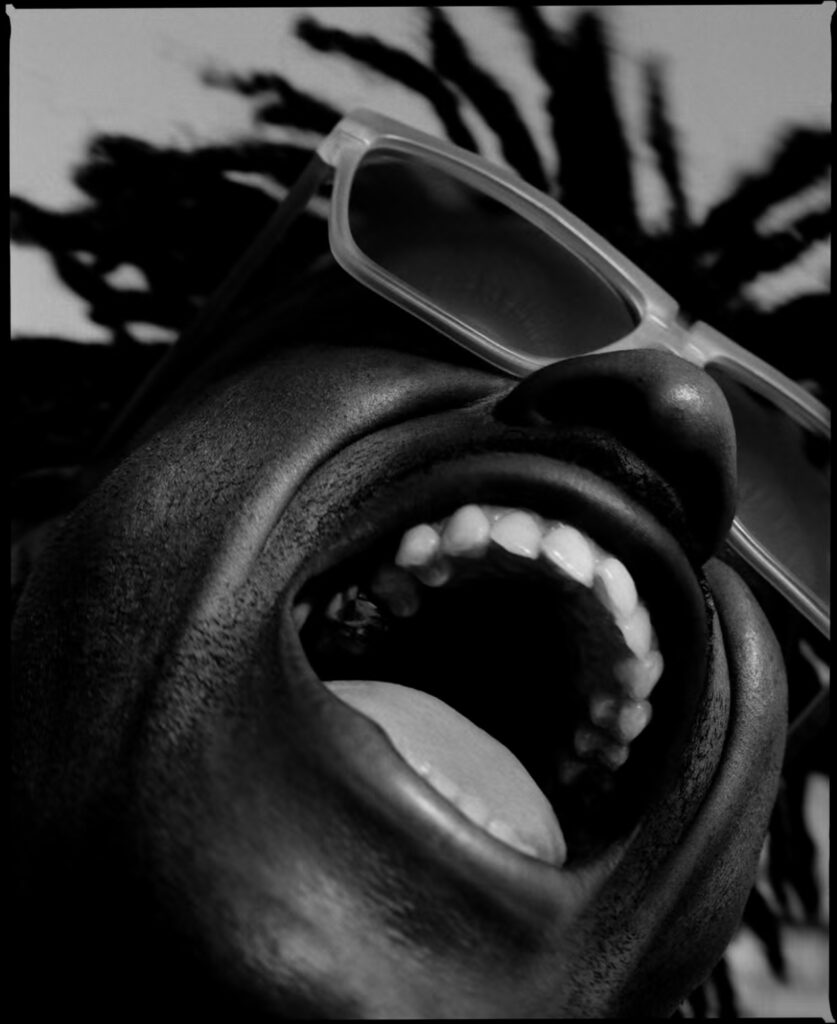
Jake Chessum, ‘Normand Anderson aka broadcaster Normski’, 1992.

Sean Ellis, ‘My Beautiful medieval fantasy, The dark knight returns’, 1998.
Social-Realism – Artist Study:
Robert LeBlanc –
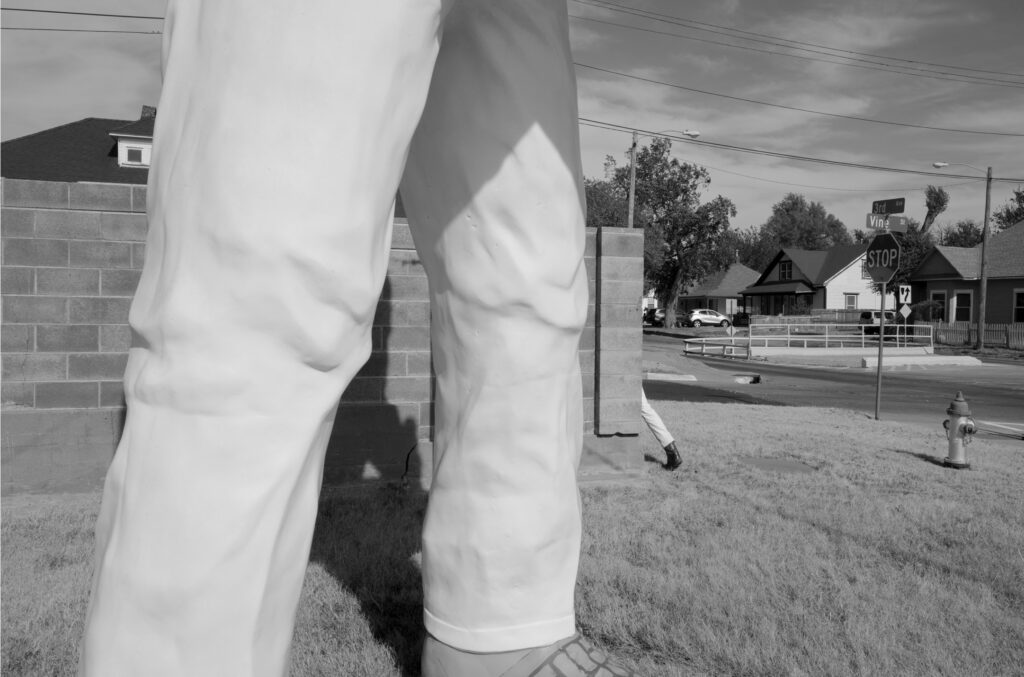
’Supported by Fahey/Klein Gallery and the adventurous spirit of Arc’teryx, LeBlanc’s body of work is a harmonious collaboration between artistic vision and wanderlust. In the realms of Tin Lizards, dreams collide with reality, memories are etched in silver halides, and the world becomes a canvas for contemplation and wonder. This body of work invites us to embark on a poignant voyage, one where the soul of the country reveals itself through the gentle embrace of train travel and the monochromatic magic of the photographic lens.’
– Tin Lizards, LeBlanc Website
Based in Los Angeles, Robert LeBlanc is a self-taught documentary photographer who first got into photography with in 2003, by using a 35mm point-and-shoot to share and document skate culture. Since then, LeBlanc has become dedicated in capturing and documenting day-to-day life. His first work to do such was ‘Unlawful Conduct’, a documentary photobook, covering 6 years of “a beautiful dark view of the modern world around us”. This book has since been released in a book worldwide, including some notable places such as MoMa PS1 Bookstore and the Frye MUSUEM store.
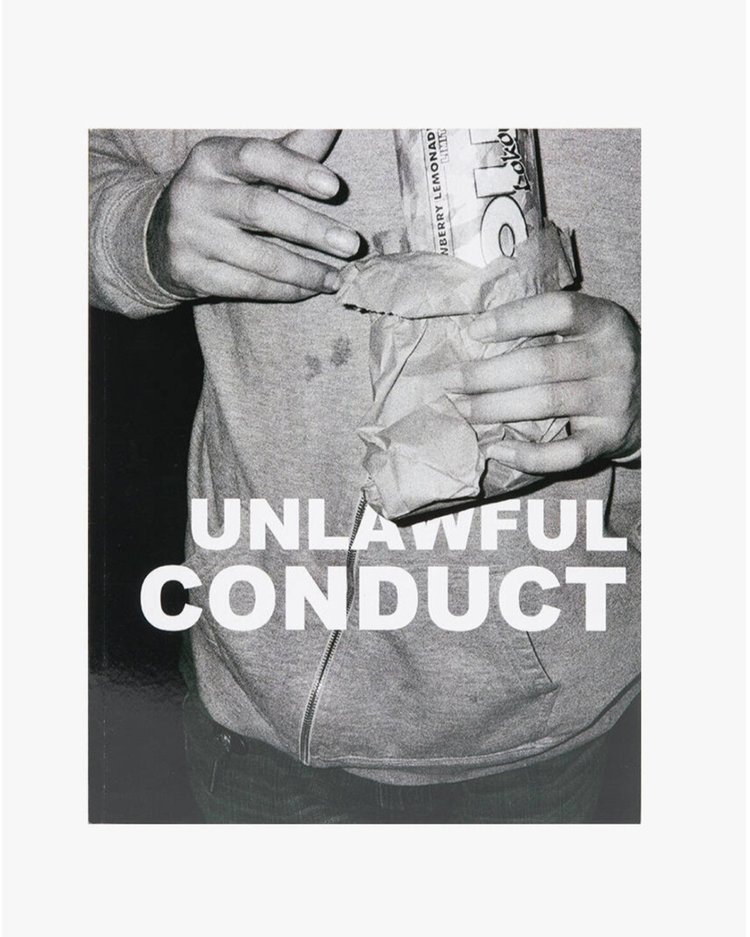
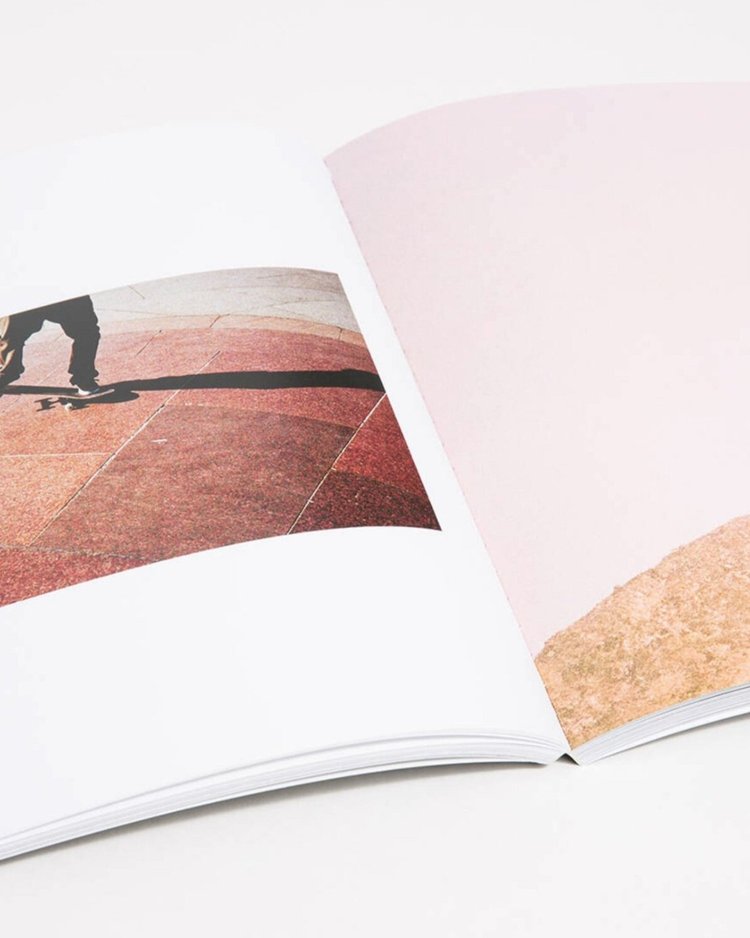
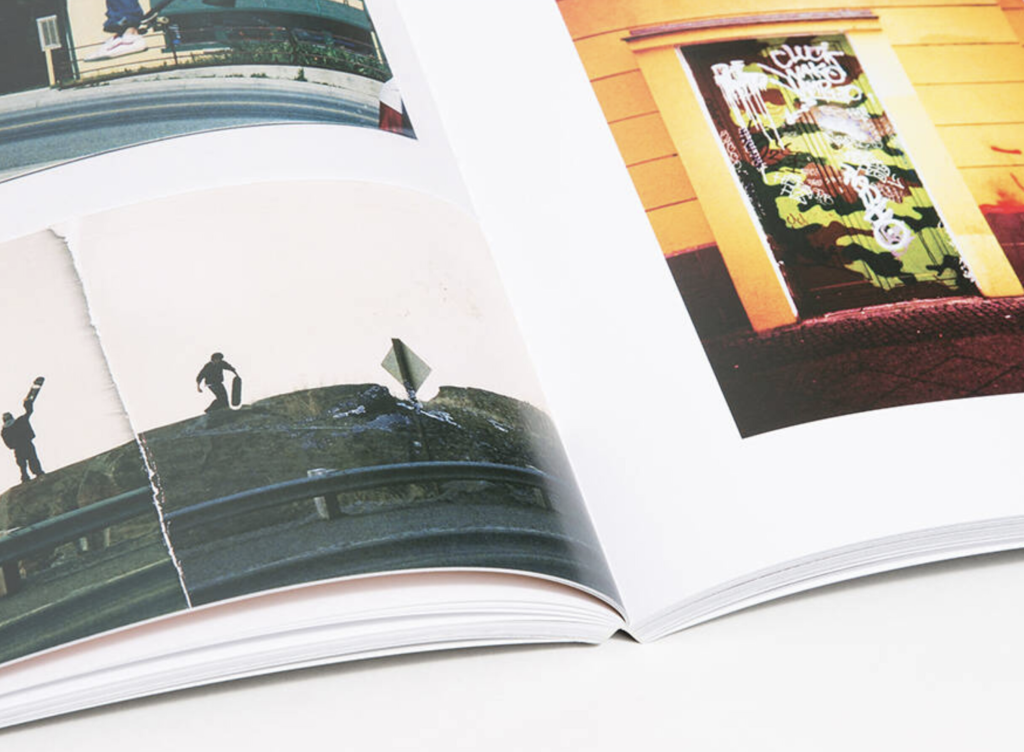
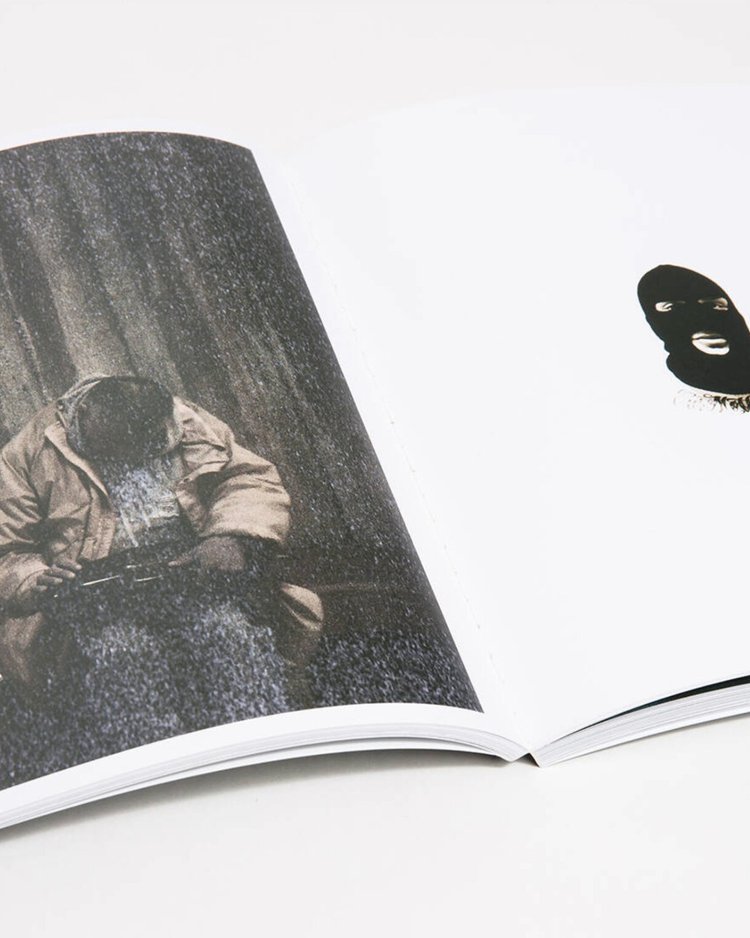
LeBlanc’s projects, such as ‘Moon Dust’ embody the idea of social realism through captivating images of the often overlooked moments and people within society. As his website states “His projects capture non-traditional communities, including hotshot firefighters, hurricane survivors, and Holiness snake handlers. Through raw, unguarded images, he offers a glimpse of daily life into otherwise rarely-pictured social spaces”.
With LeBlanc’s project, ’Tin Lizards’ similar in aesthetic to another social realist photographer I have studied, Robert Frank and his project ‘The Americans’. I have found an interest into the modernistic approach Le Blanc has taken on producing his own work, yet still seeming to have the same premise of documenting the unseen segments of America.

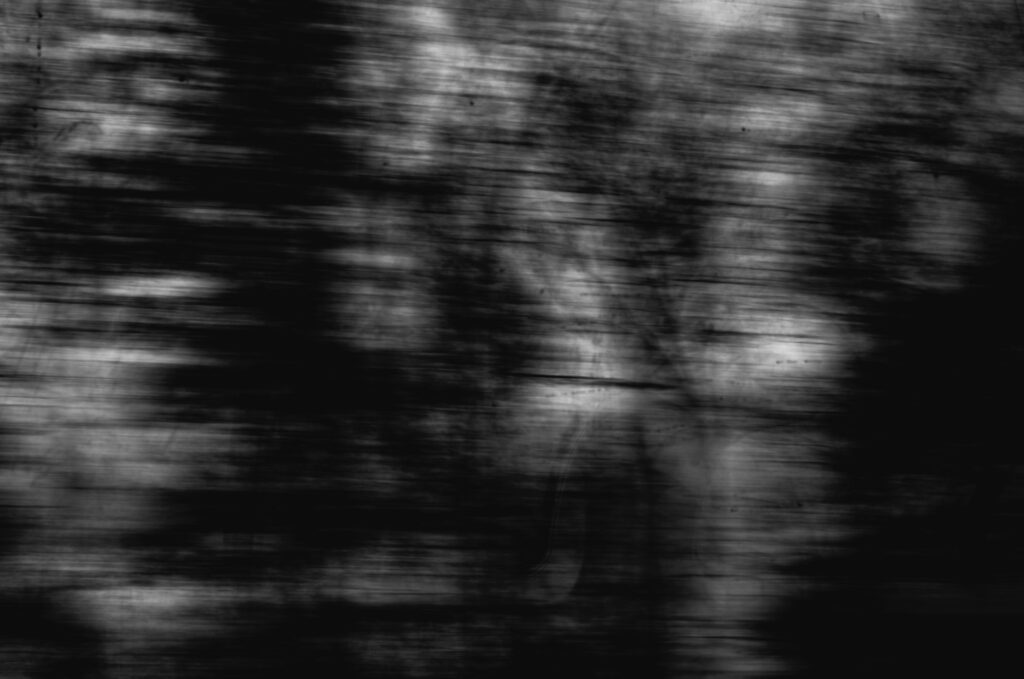
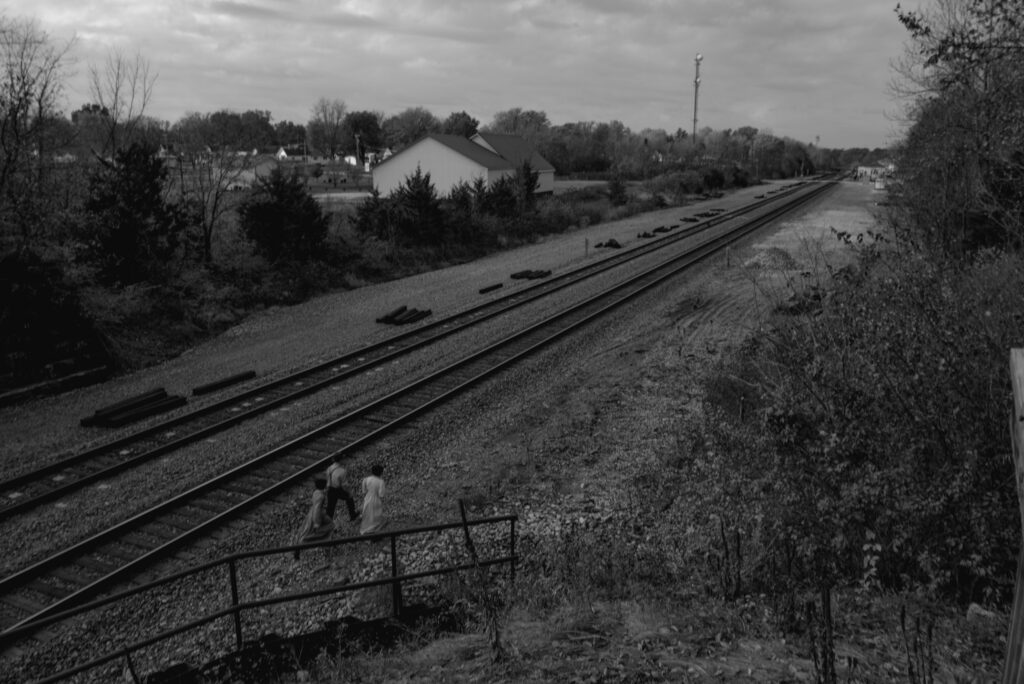
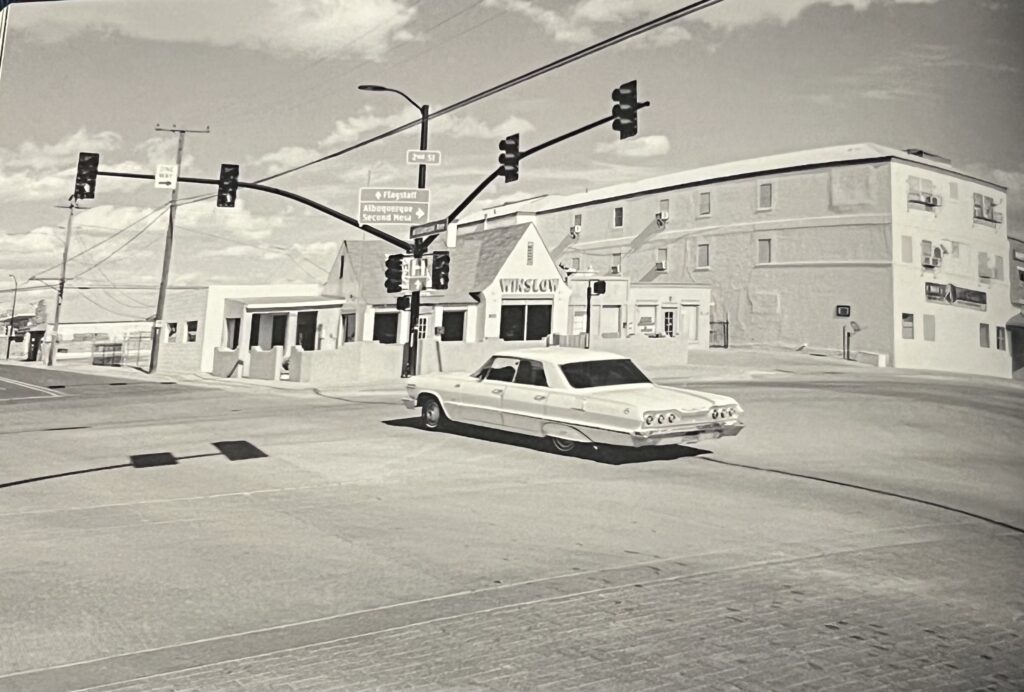
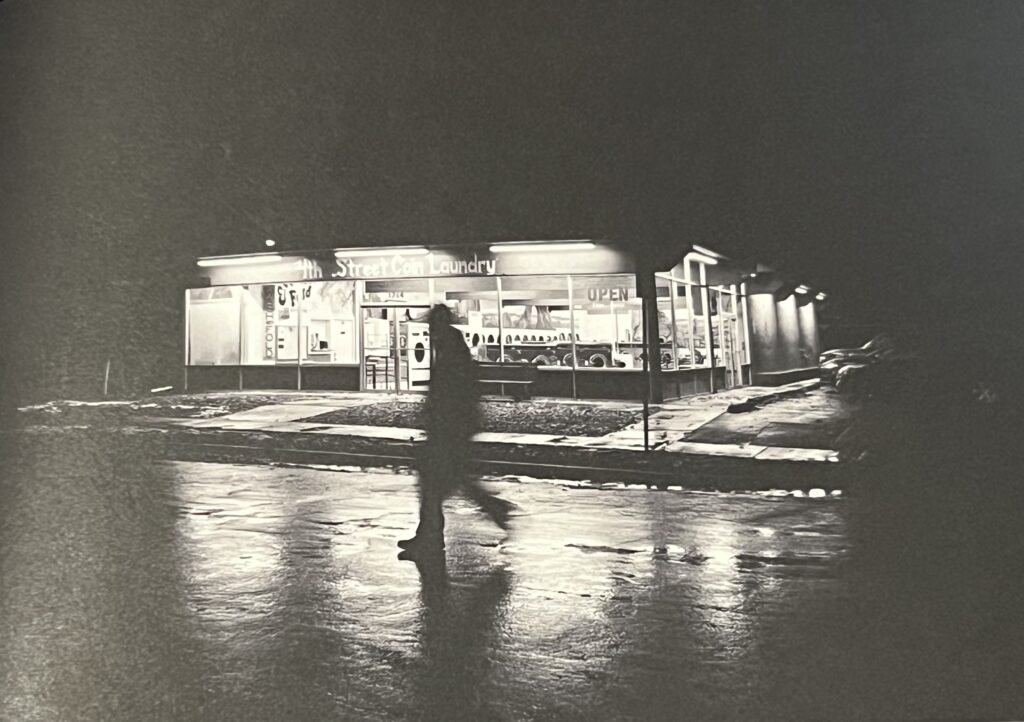
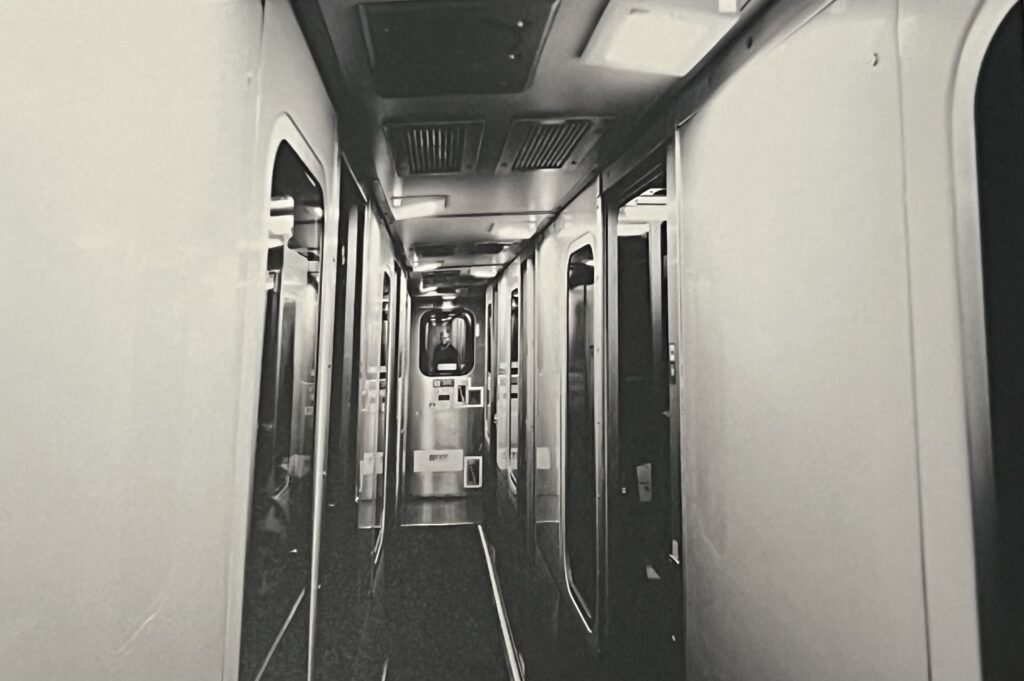
’Tin Lizards’, 2023, Robert LeBlanc.
In comparison to:
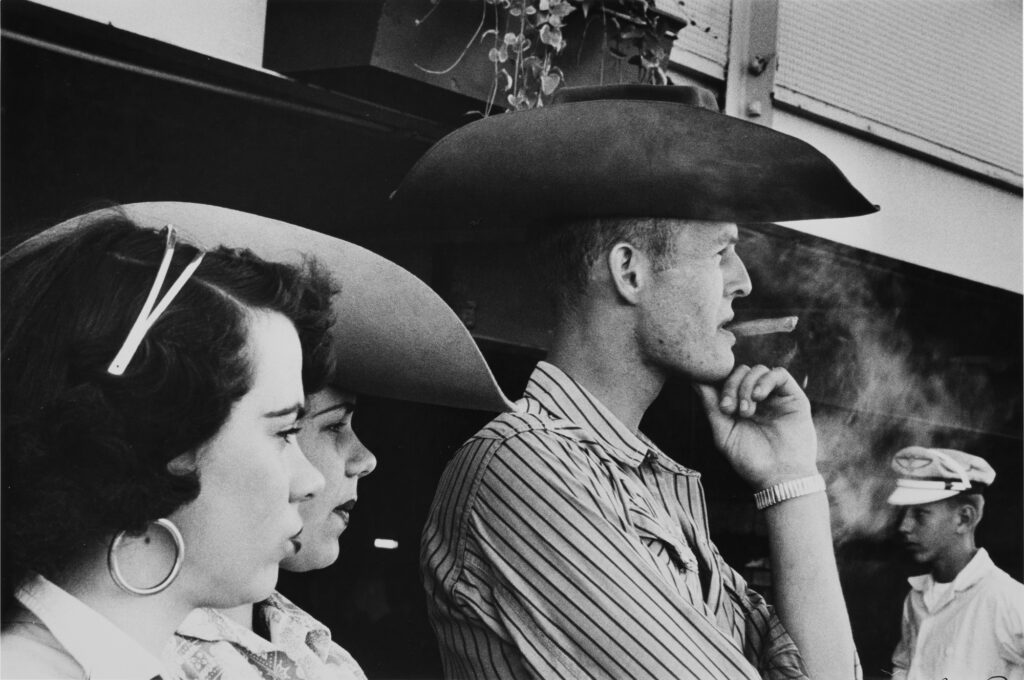

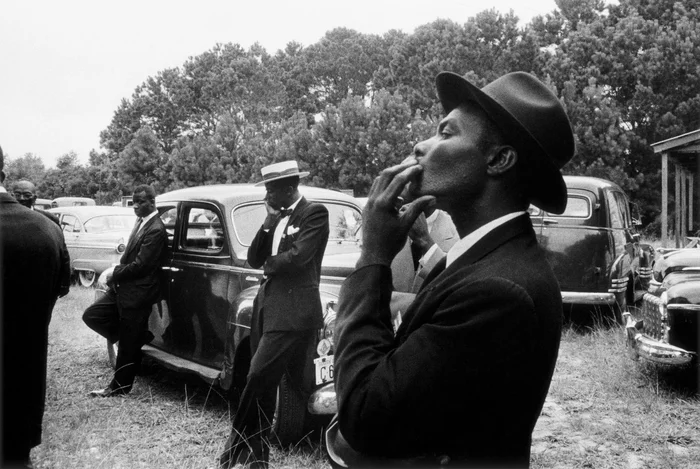
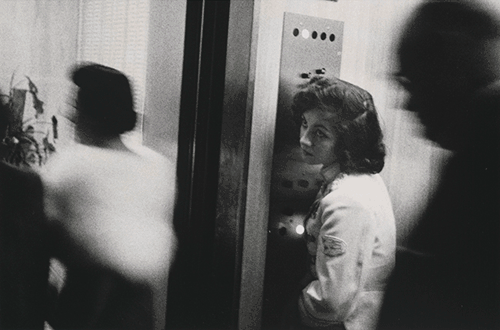
‘The Americans’, 1958, Robert Frank.
Overall, I find that Robert LeBlancs is an interesting artist to study as through his unique approach to documenting often ignored elements of society, there is a creative and individualistic aesthetic to what he aims to create. As his website quotes, “In a time of great social upheaval and escalating environmental consequences, his work contributes to a broader understanding of the contemporary human experience”.
Image Analysis:
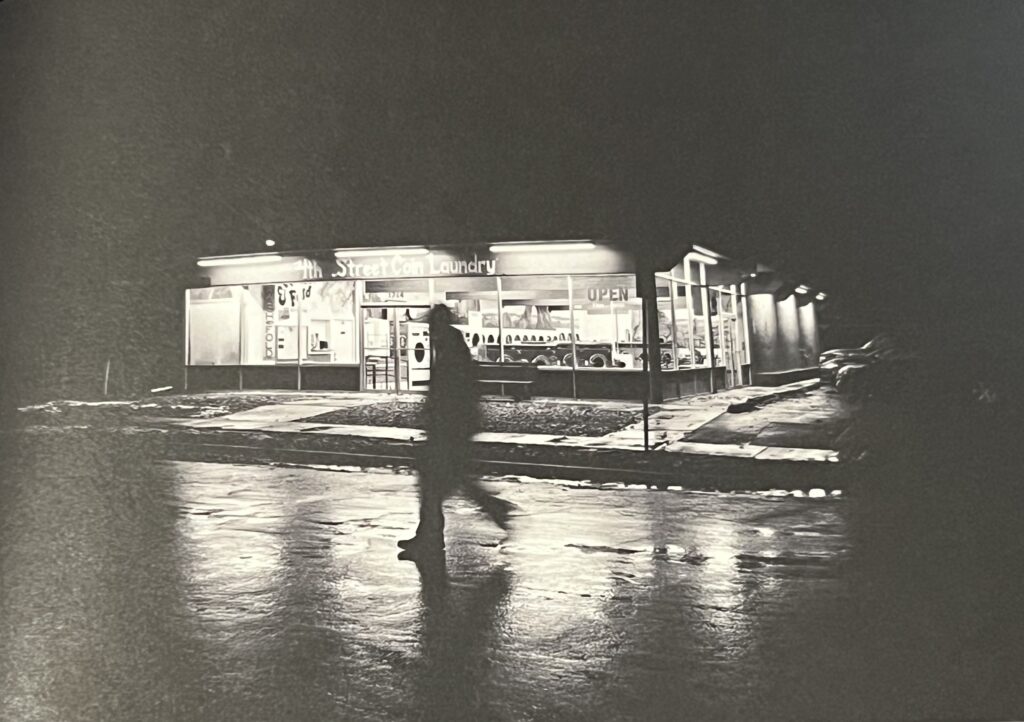
Visual:
With black white images being a common staple of social realist photography, LeBlanc’s images follow in this aesthetic. With a large contrast in tone between the bright store and the dark unseen surroundings, I find this creates a contrastive balance of tones which highlights the persons silhouette in the foreground. The texture of the image features a variety of different surfaces from the rainy streets to the clean and store. Photographed at angle, the store creates a spacious form, with room for details of the environment to be captured, in contrast to this however the blurry figure creates a sense of mystery to the image.
Technical:
Capturing the image through the illumination of the fluorescent store lights, LeBlanc makes use of his environment to create an engaging composition. Featuring a wide angle, another common practice in social realism, Le Blanc’s image has a combined aperture of both motion blur and a sharp focus. This is achieved by a slow shutter speed to collect form details on the static elements such as the street and building VS the moving elements such as the blurred figure. The image also has a low ISO which is shown through its clarity.
Contextual:
In a magazine where LeBlanc’s project ‘Tin Lizards’ is featured. He incapsulates the spirit of his project as being similar to that of travelling hobos and their boundless journeys of free exploration: “This is the dream of hobos and artists hopping on the empty carts and travelling forever on the ‘freedom highway’ of Woody Guthrie, moving through the Heartland that pierced our imagination of wonder, courage and insanity, capitalism at its best and worst shining the clickity-clacks of the carts – ‘Gaps in the rail to allow for thermal expansion’”.
Conceptual:
I find that LeBlanc’s work is applicable to the social realist genre of photography as his image are similar, in concept to that other social-realist photographers such as Robert Frank. In addition to this, this image in particular creates the same aesthetic of the ‘New Topographics’, which aimed to show the extent of Americans rapid industrialisation leaving other areas neglected or abandoned.
Artist Comparisons:
Between both my artists, I find that despite their different styles they both feature similar elements. With one similarity being the use of motion blur. As seen in these artworks, both are used to convey motion, whether it be someone quickly walking or trees passing from the window of a train.
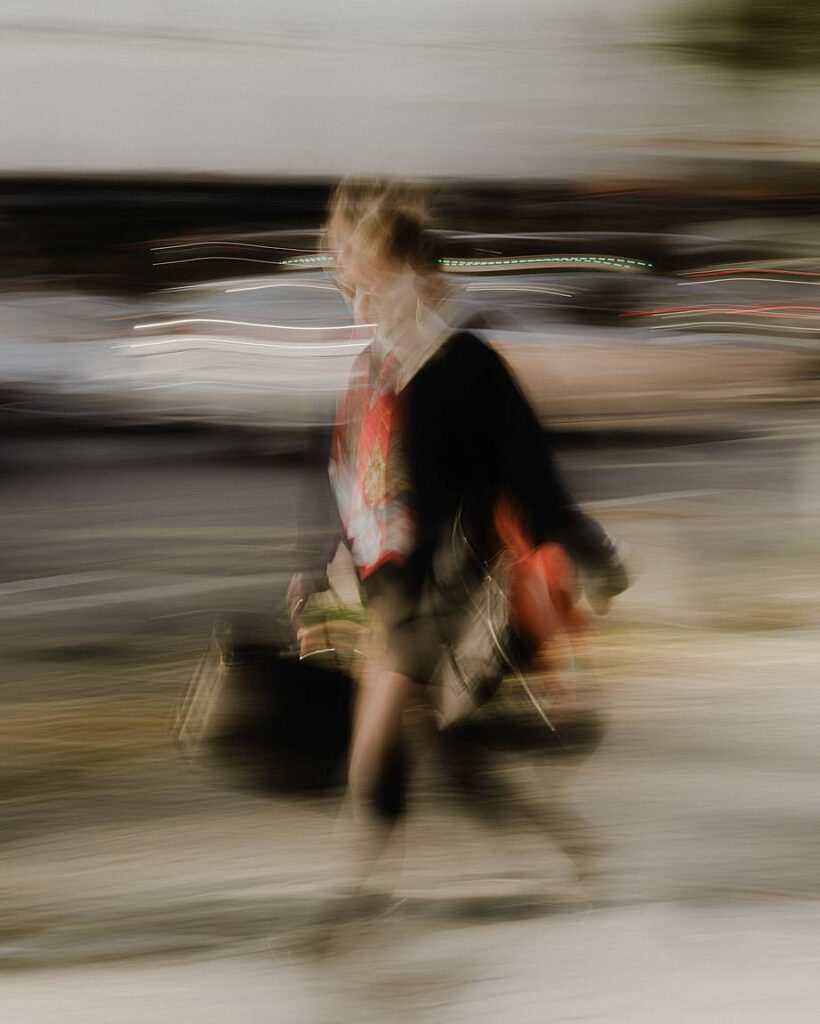
Kyohyun Nam
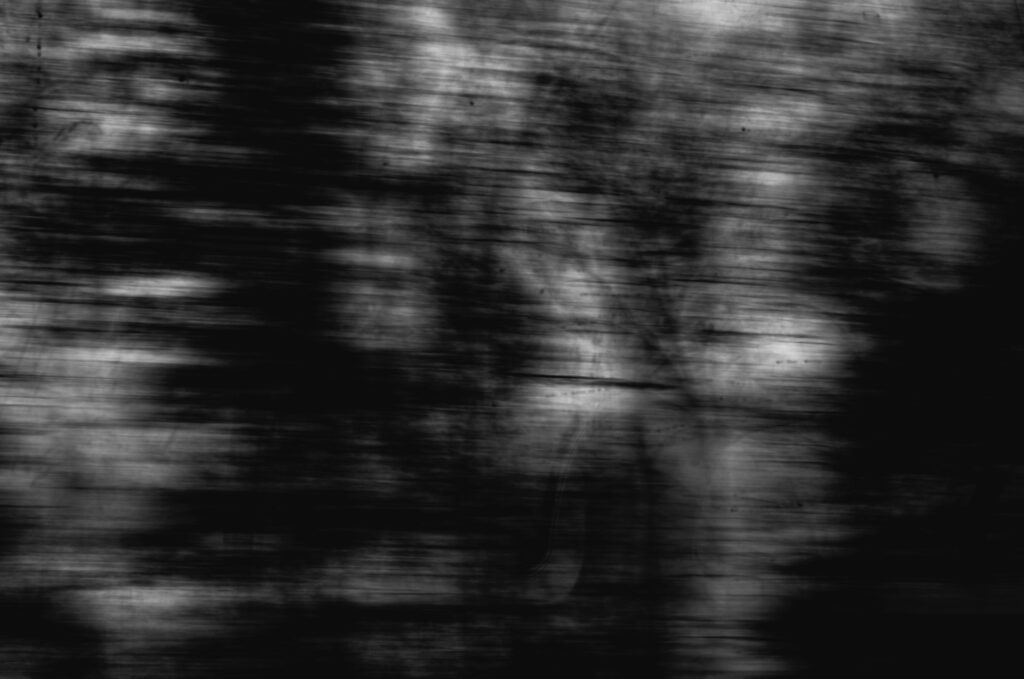
Robert LeBlanc
One difference however can be seen with the subject focus, with LeBlanc focusing on the subject of travel and America’s unseen locations. This differs to Nam who instead focuses on individuals as his subject, capturing them in a bright and contrasting unfinished look such as with Monet’s impressionist paintings. Despite this however, both can be seen as a form of documentative photography in a way, capturing a person, place or moment in time, either artistically or candidly.
